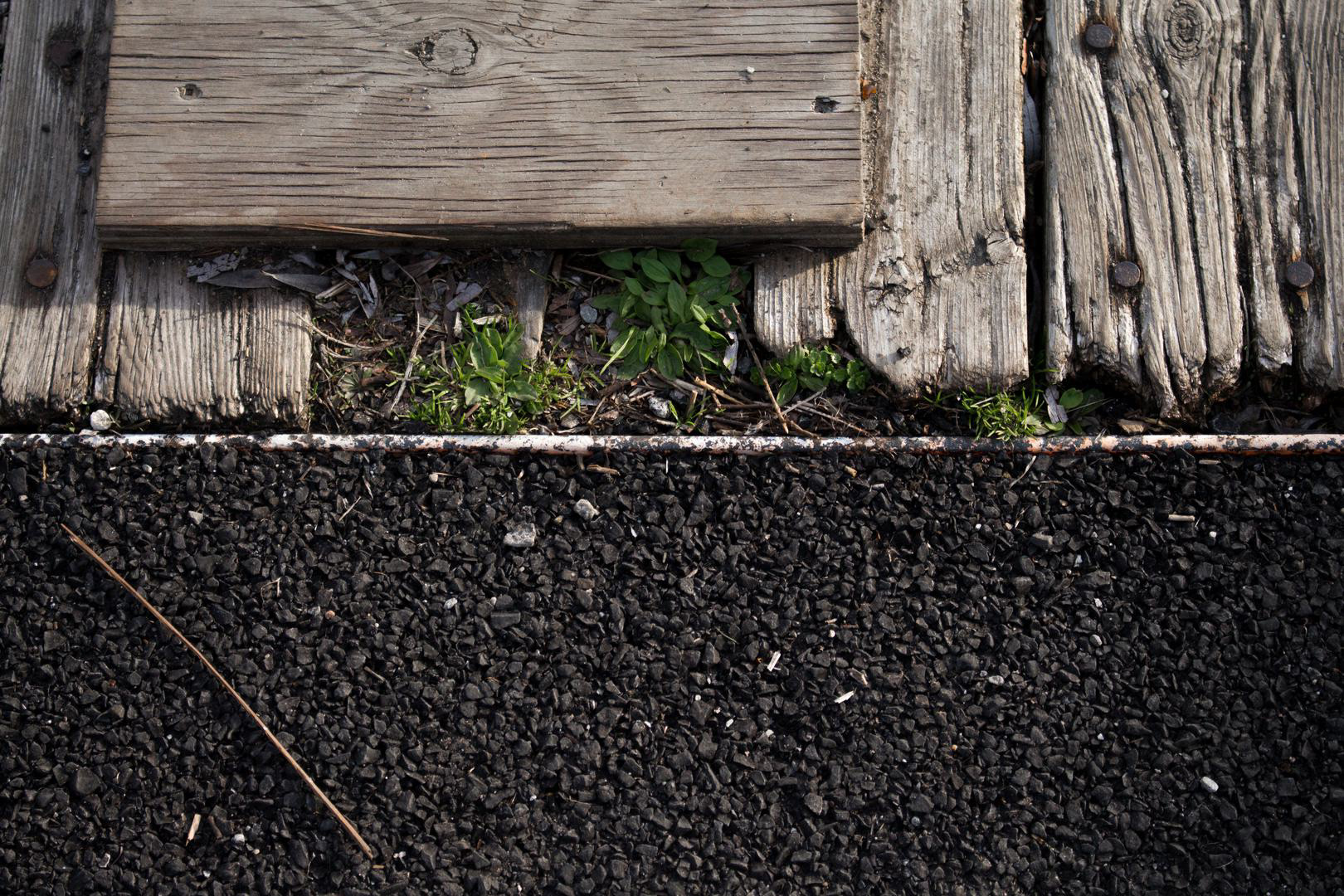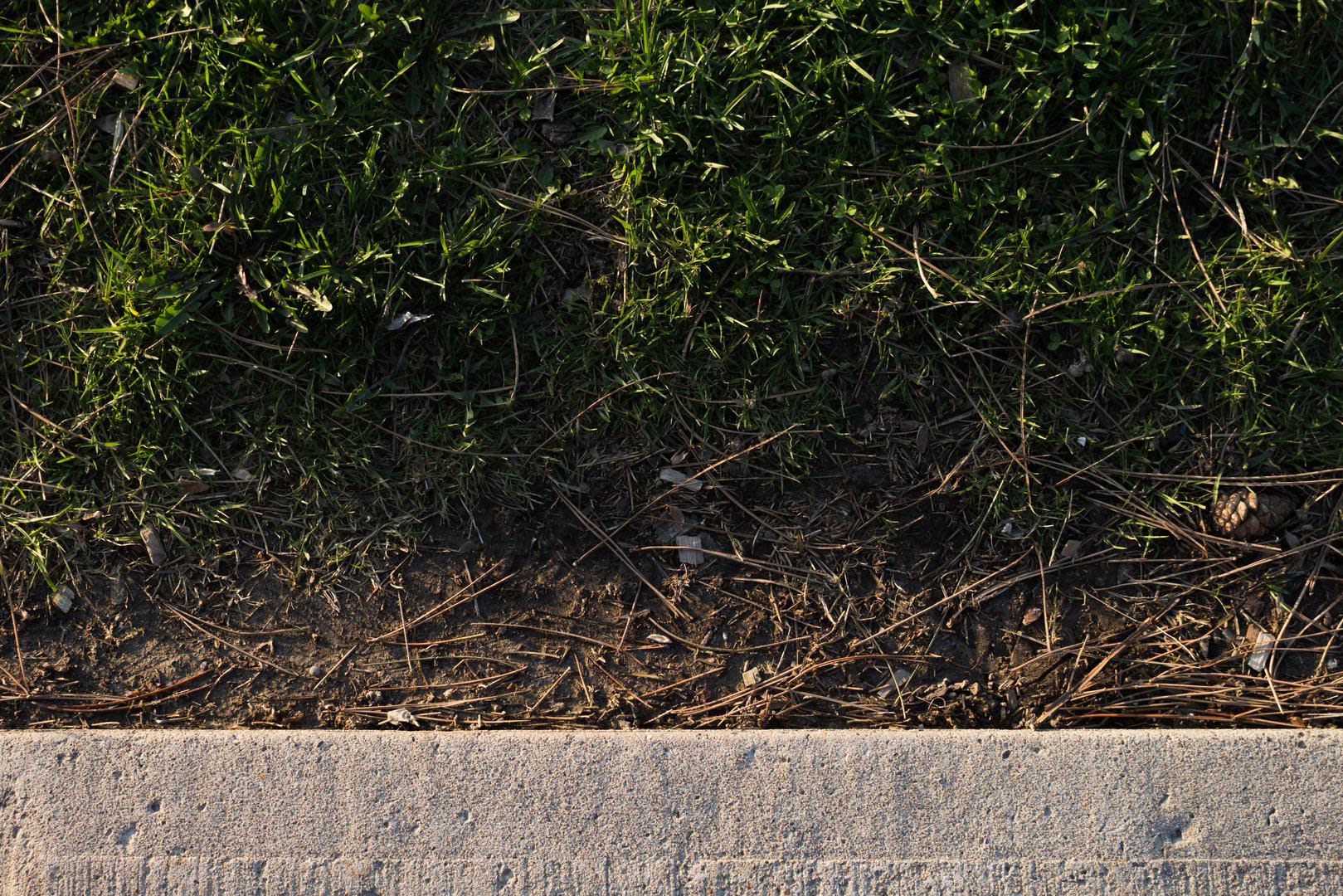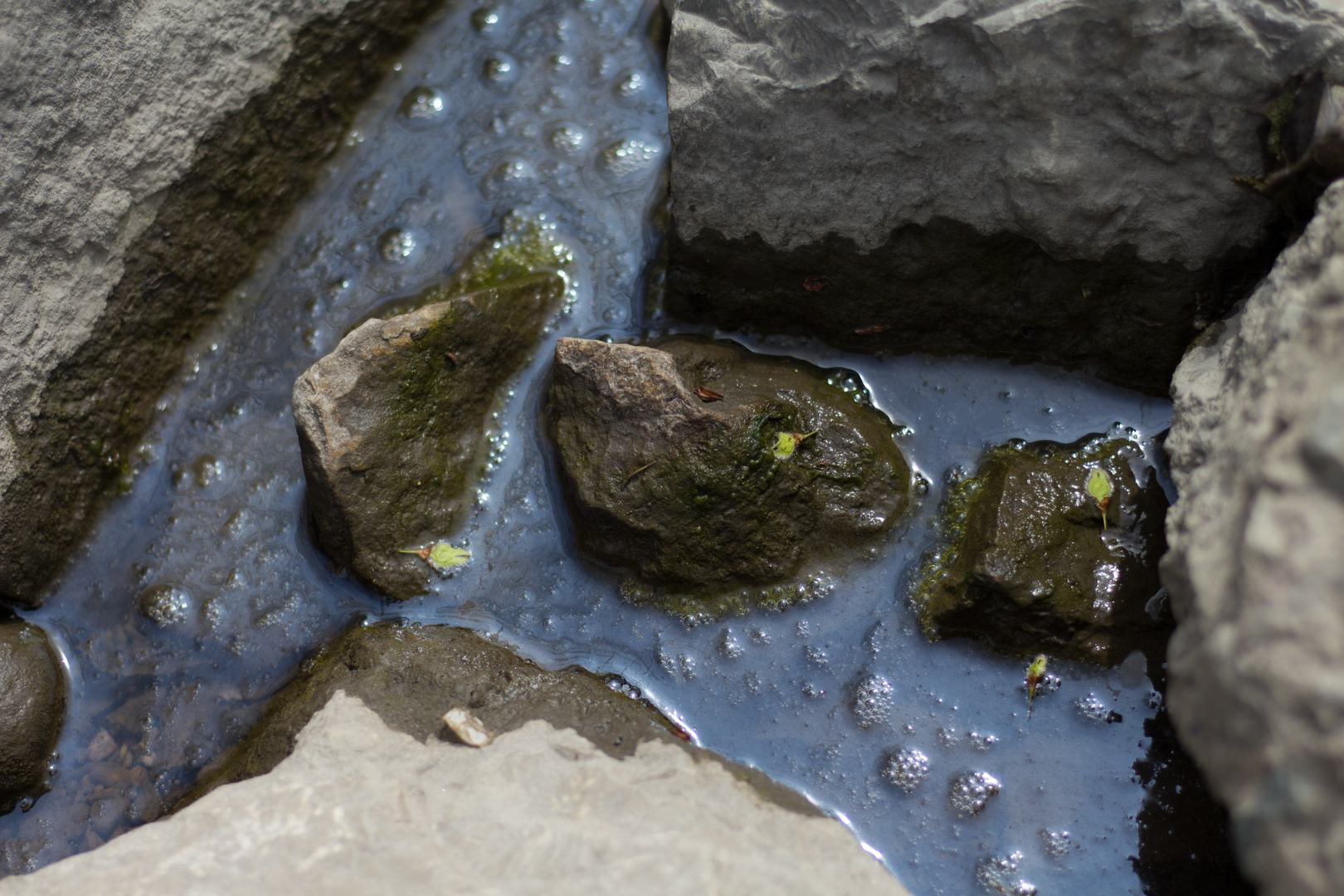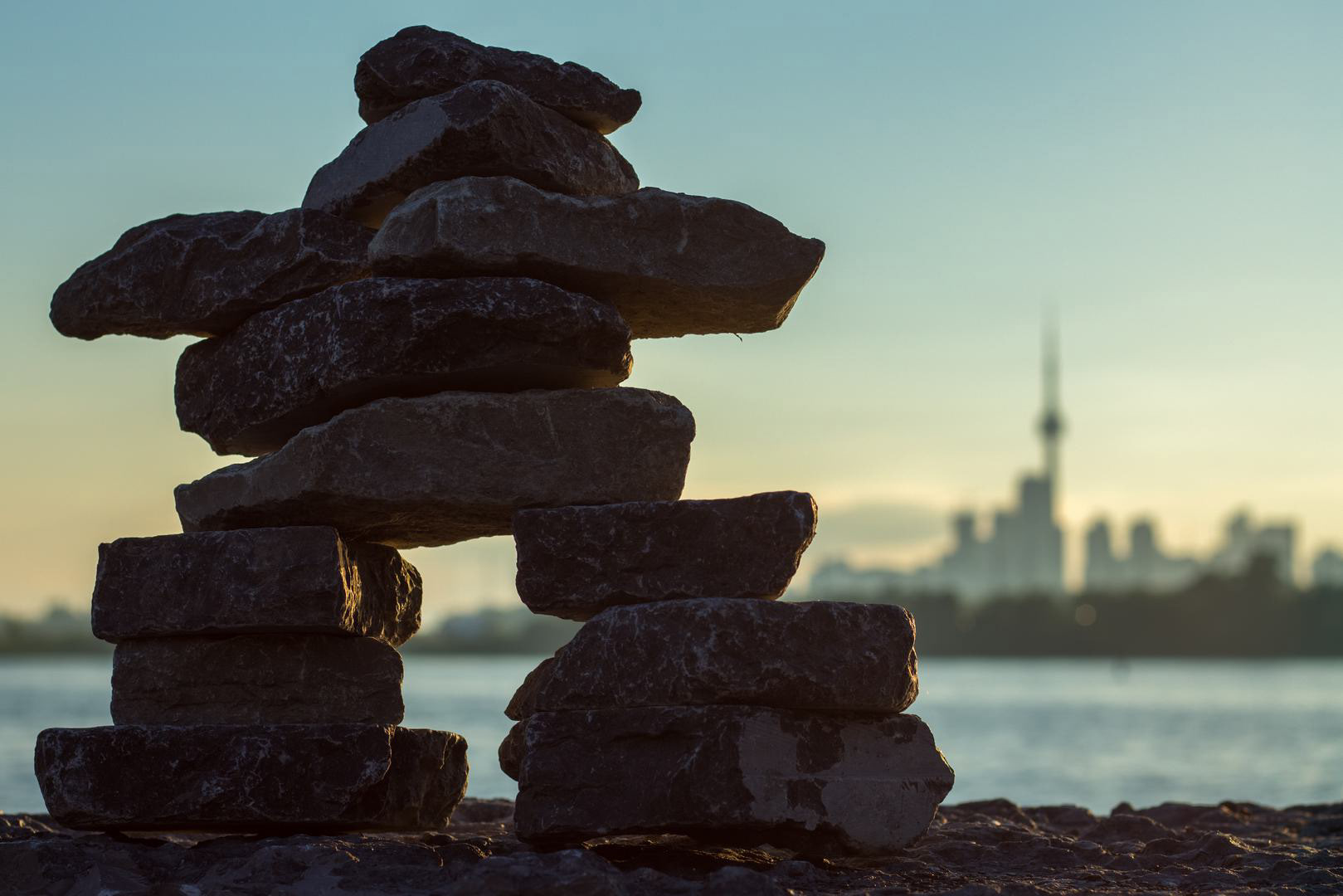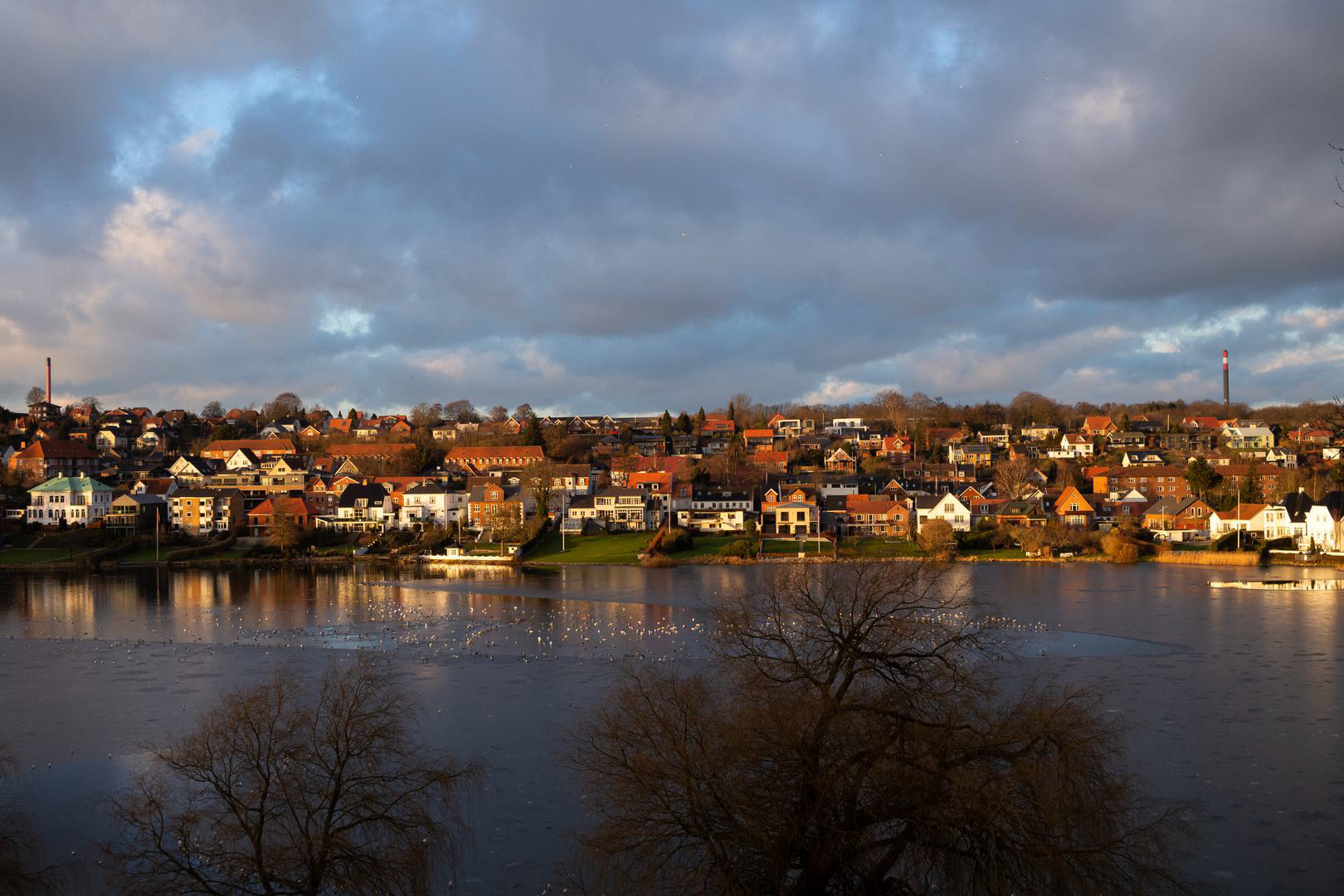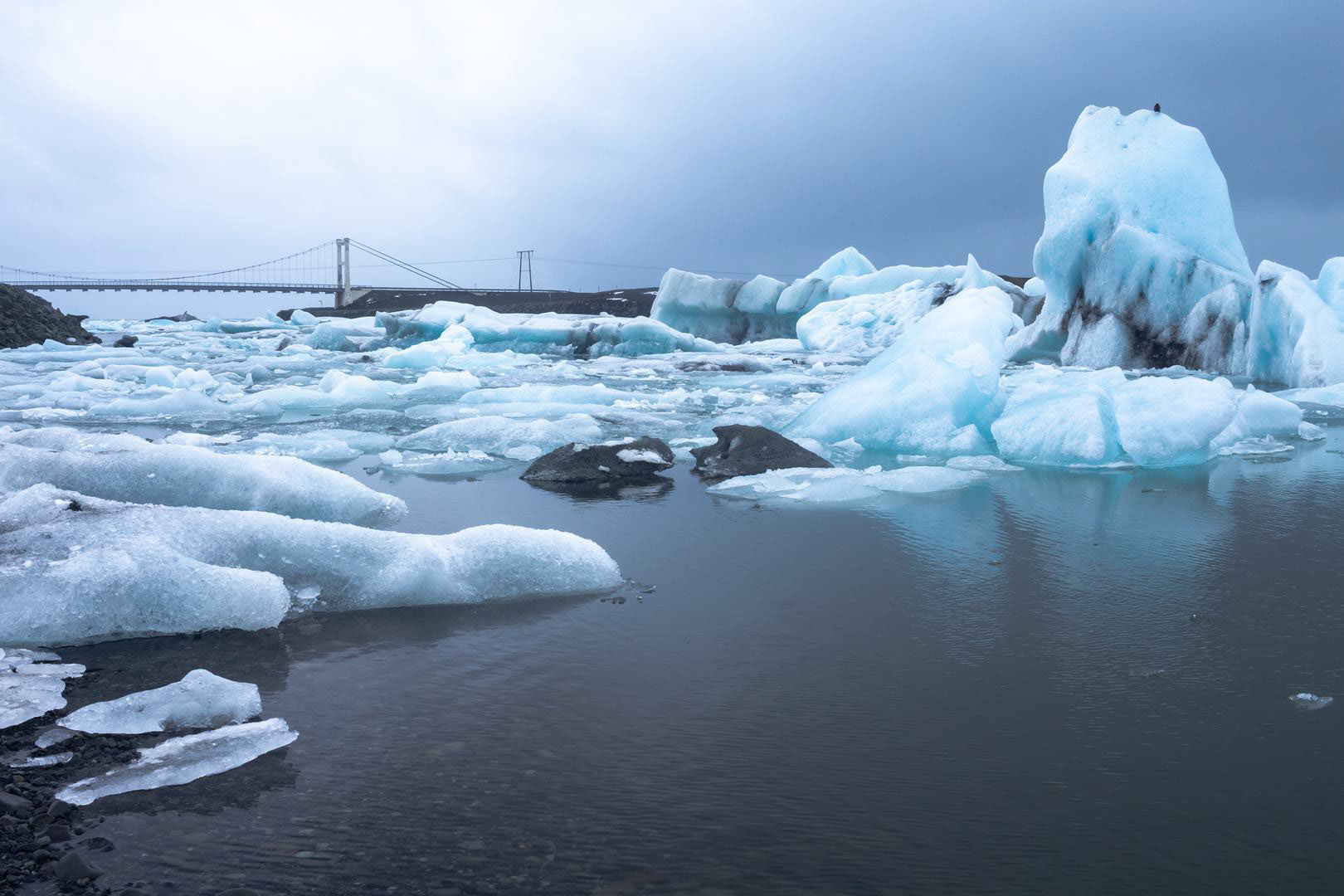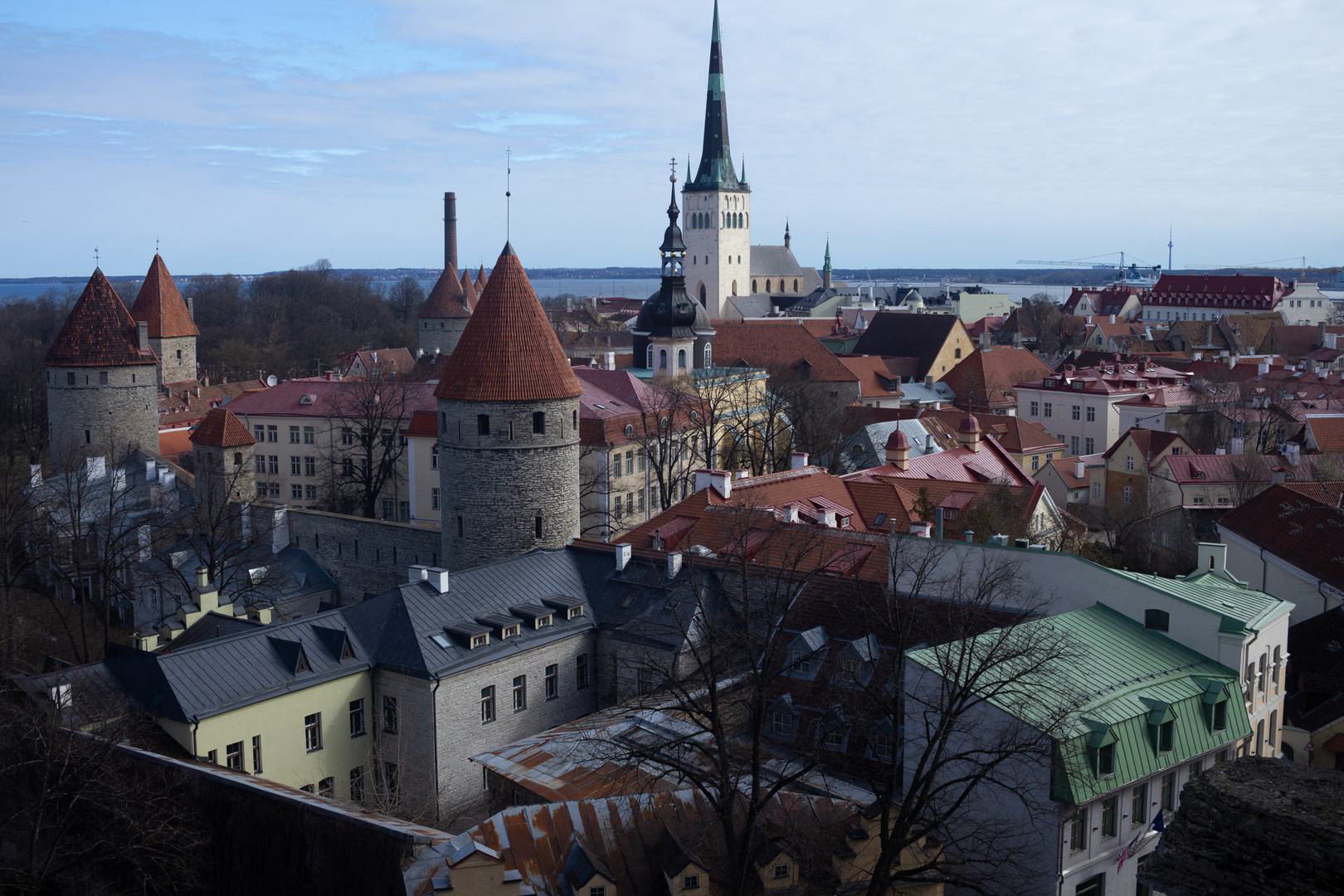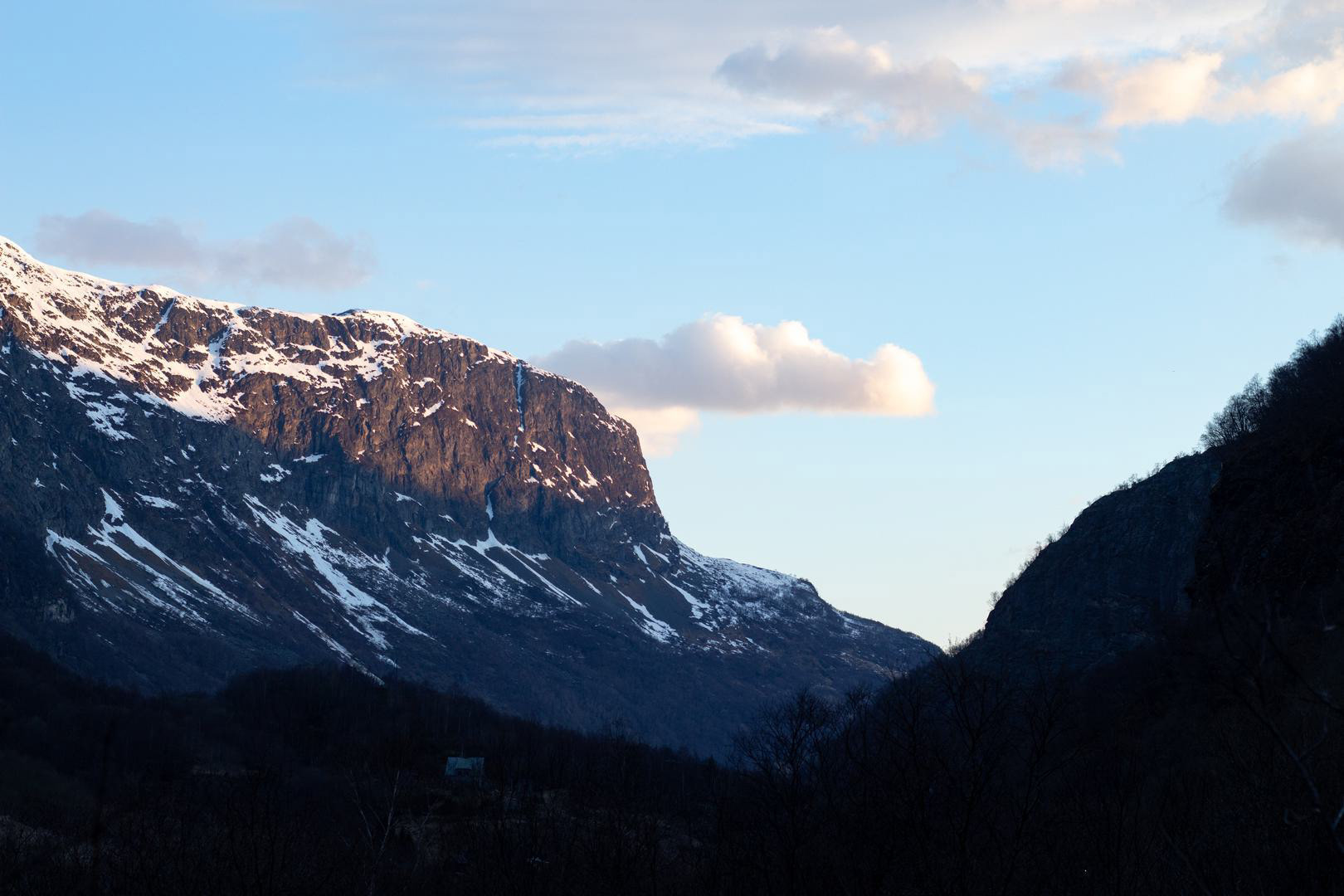Allen Wang
2023–2025: Master in Design Studies (Ecologies), Harvard University Graduate School of Design, Cambridge MA.
• Fieldwork in New York (1 week), Texas (1.5 weeks), Morocco (2 weeks), Japan (3.5 weeks), and Nepal (5 weeks).
• 2024 Bloomberg Harvard Summer Fellow (in Newport News, VA, on generative AI use-cases for city services).
2021–2023: Service designer in Canada's public service and freelance researcher for non-profit organizations, Toronto.
2016–2020: Bachelor of Design in Industrial Design, OCAD University, Toronto.
• 2019 exchange semester to Designskolen Kolding, Denmark, with 40+ days spent backpacking around Europe.
Adventure-seeker, classical musician, amateur photographer, creative writer, history nerd, and avid Wikipedia reader....
CURATED PROJECTS
Service design in the Government of Canada (2021–2023)
Shared Services Canada provides enterprise IT services and infrastructure to its fellow departments in the Government of Canada (GC). In two years at SSC's in-house design consultancy, I collaborated with intradepartmental clients to improve service-delivery to internal and external users. Cumulatively, I facilitated or co-facilitated 100+ hours of consultations with 500+ stakeholders.
Working alongside other service designers, I performed a broad gamut of roles including: project management, stakeholder engagement, research planning, session facilitation, qualitative and quantitative analysis, report-writing, and executive briefings. While I can't share the deliverables, my projects included:
• a future-state service offering to support artificial intelligence incubation across GC
• an onboarding process for network and telecommunications services for new departments
• an accelerated business intake process for requests for conferencing equipment
• stakeholder experiences in the personnel security screening process for incoming employees
• an employee-facing playbook for frequent and complicated tasks in human resources
• the corporate reporting process into the Departmental Results Framework
• our team's client-facing service design playbook (two slides pictured here)
• employee focus groups on the return to worksites and the future of work
• an onboarding process for network and telecommunications services for new departments
• an accelerated business intake process for requests for conferencing equipment
• stakeholder experiences in the personnel security screening process for incoming employees
• an employee-facing playbook for frequent and complicated tasks in human resources
• the corporate reporting process into the Departmental Results Framework
• our team's client-facing service design playbook (two slides pictured here)
• employee focus groups on the return to worksites and the future of work
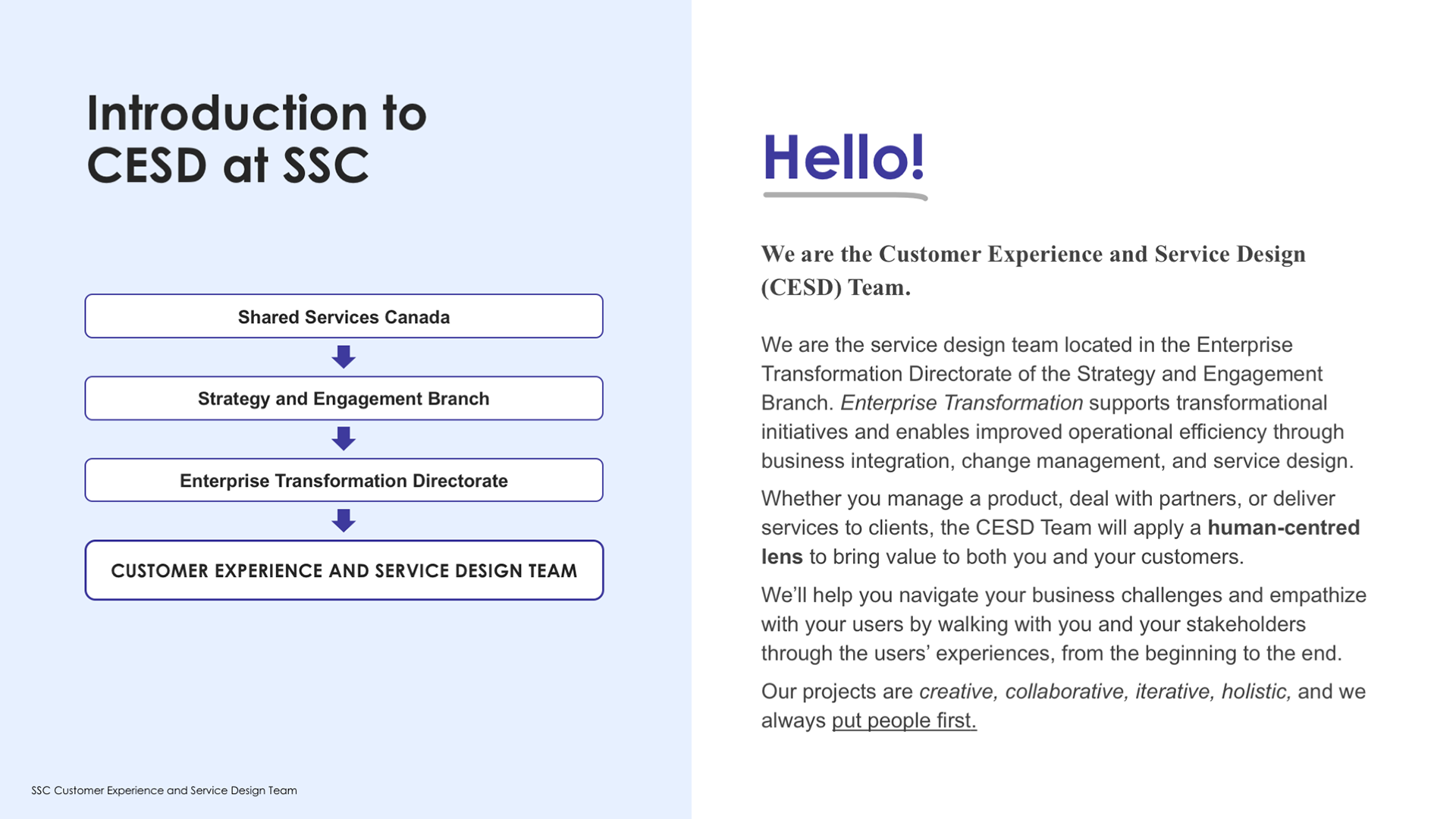
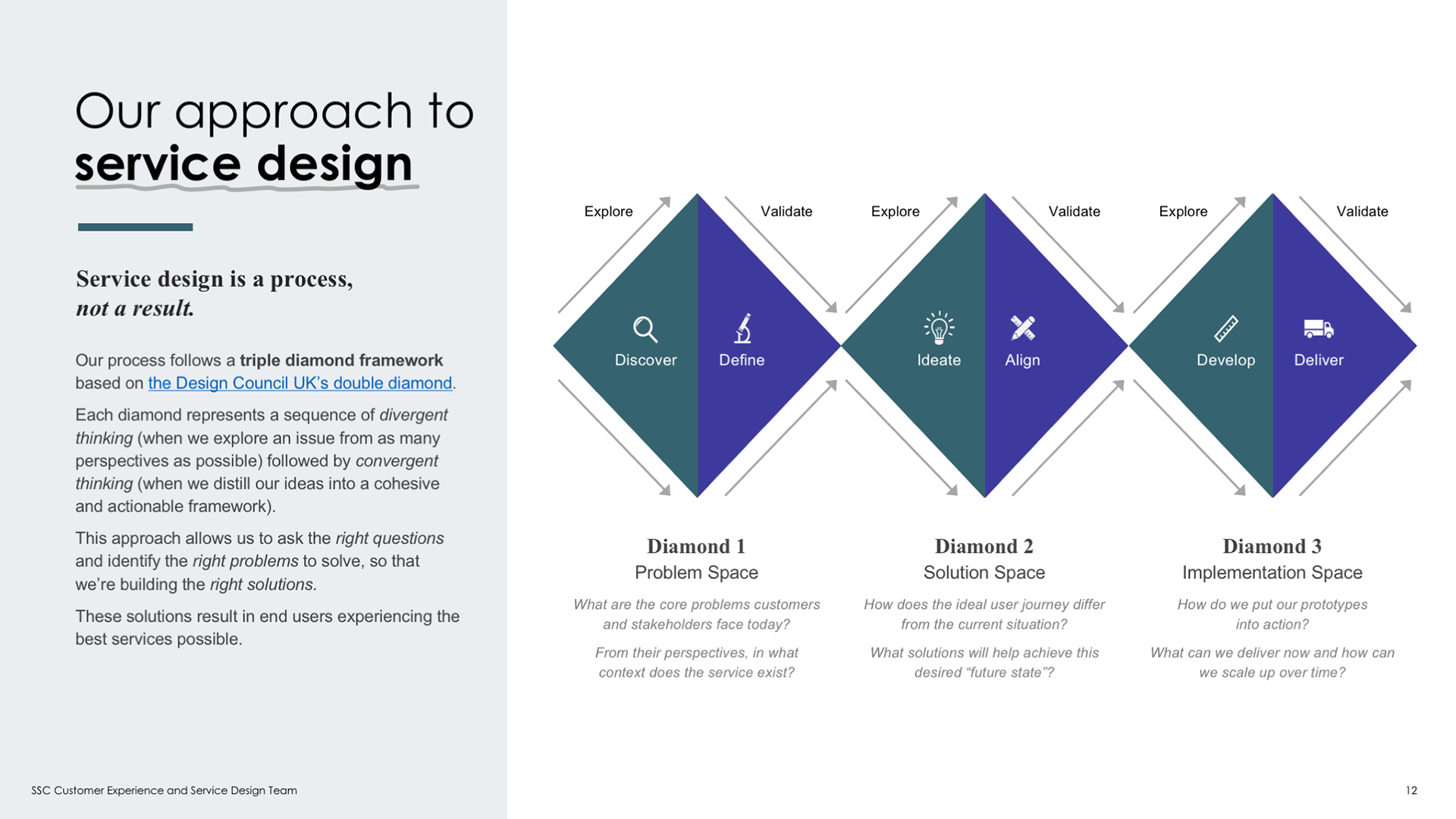
Service design for Kolding Hospital in Denmark (2019)
My first brush with service design came during my exchange semester to Denmark. In an eight-week Welfare Design course, I worked with three other students to improve patient experiences in Kolding Hospital's emergency department's waiting room.
After semi-structured interviews with nurses and patients and doing ethnographic observation of our own, we identified the central problem as obstructed flows of information in and out of the room, exacerbated by attitudinal, environmental, and systemic issues that contributed to a perceived lack of care. Nurses hid waiting times from patients because that set themselves up as the target of frustration in the event of delays. Existing info screens were uninformative, leaving patients feeling abandoned and forgotten about. There was no budget for more staff.
We proposed three solutions: a communications handbook for nurses, a room layout with improved eye contact, and a volunteering program to shore up gaps in non-medical support.
In this project, I contributed to research planning, analysis, and ideation, then developed the volunteering program proposal. It was far from my first time working with users, but what stuck with me was the unique challenge of bridging cultural and linguistic barriers while so far away from home.
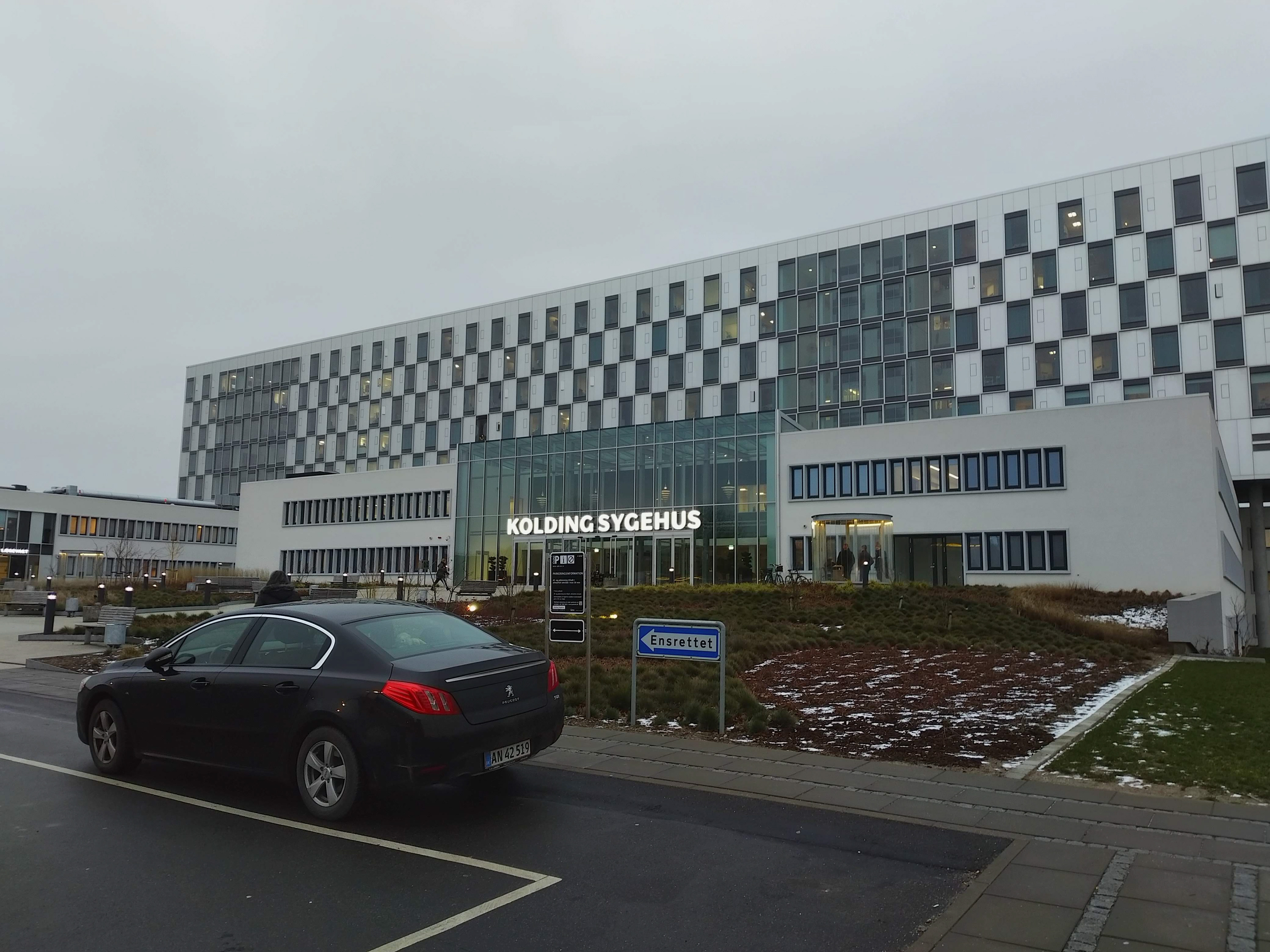
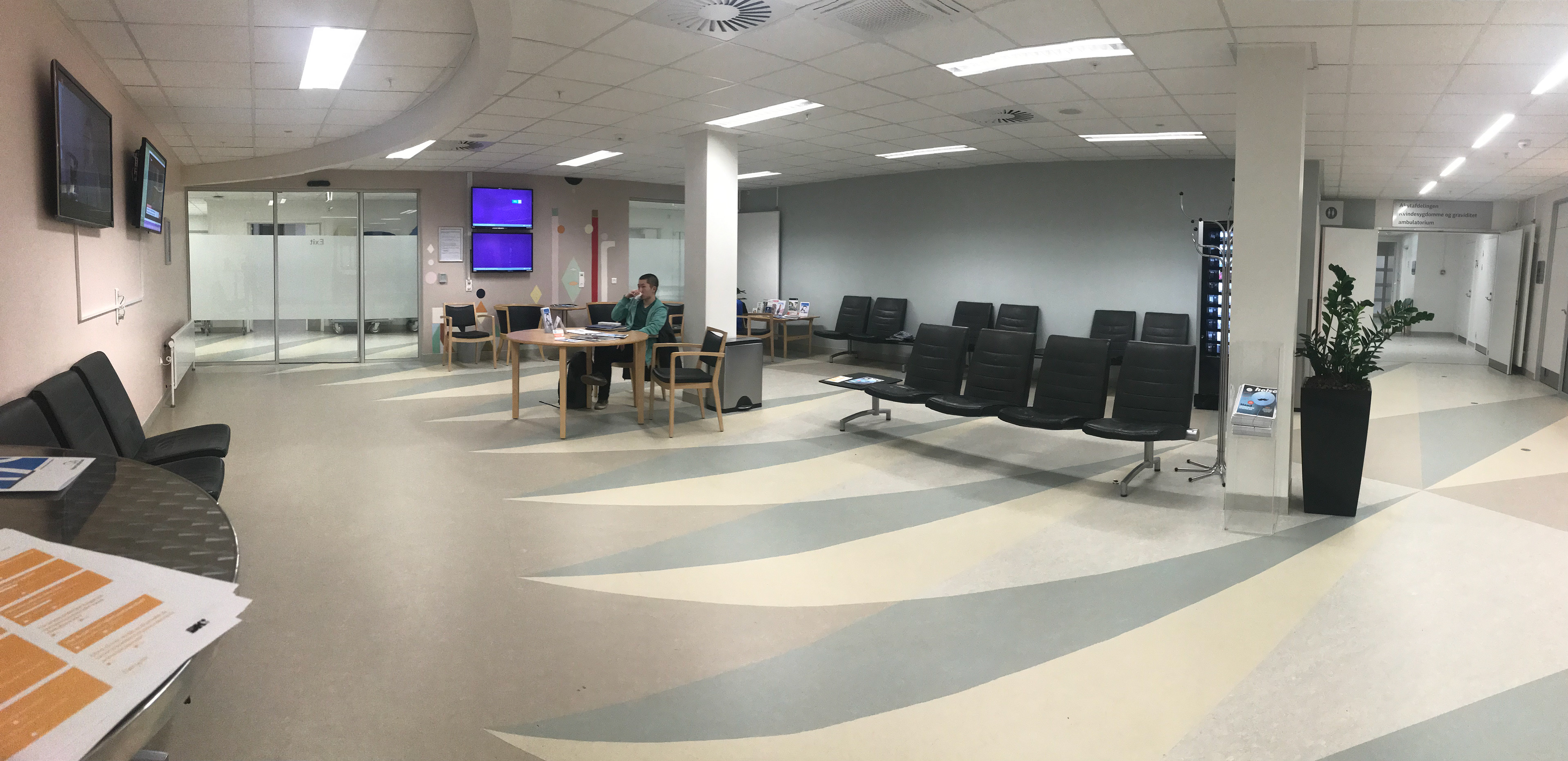


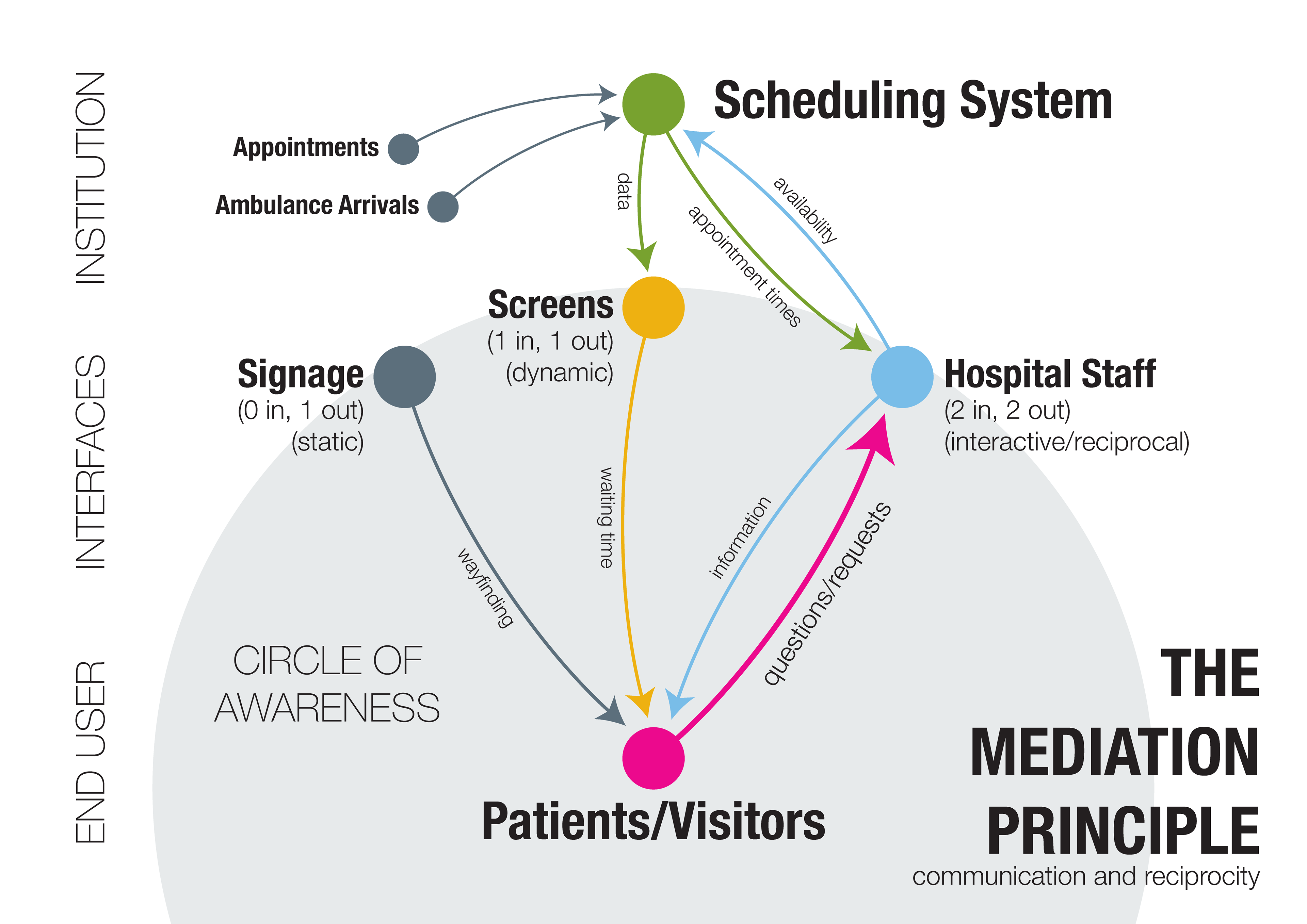
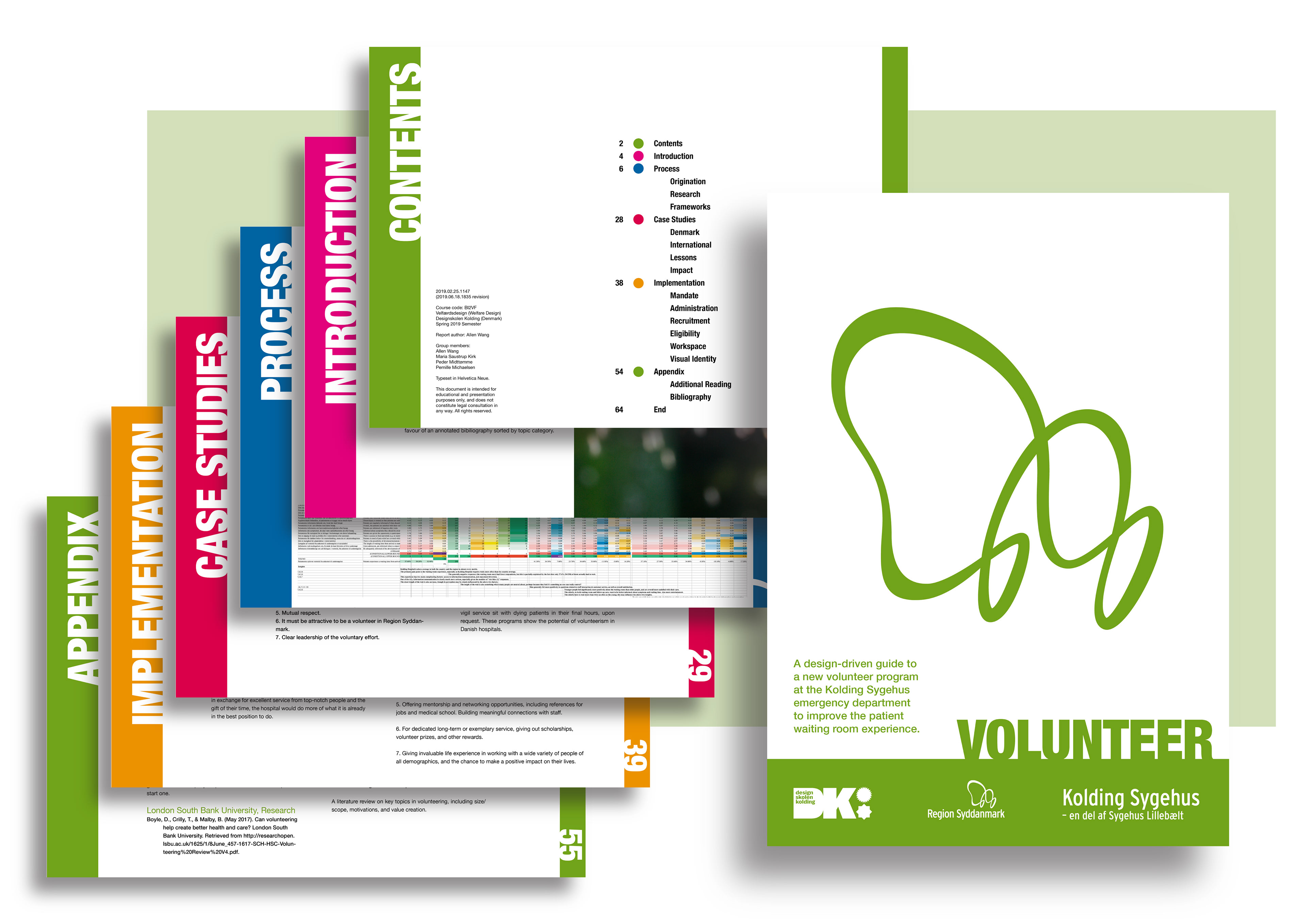
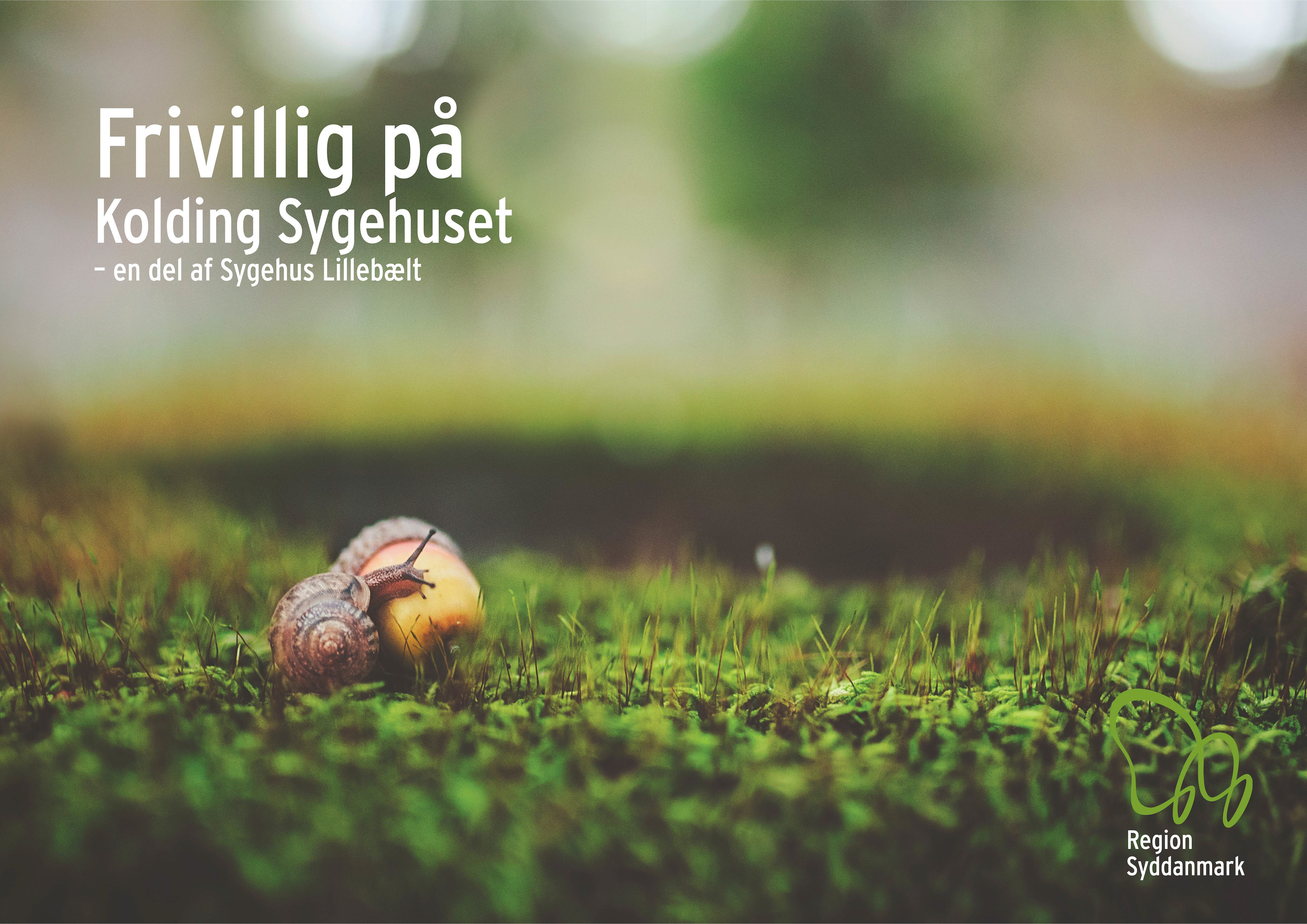
Design research on the Berlin Wall: mineral, landscape, haunted house (2019, 2023)
I've had a recurring interest on the Berlin Wall since I first visited Berlin during my exchange semester, particularly the "certified authentic" Wall fragments I found in a souvenir shop.
In my first semester at Harvard GSD, I expanded on my undergrad projects to explore the Berlin Wall in three ontologies: as an anthropogenic mineral, as a landscape of political extraction, and as a "haunted house" in an expanded field of preservation.
Despite "falling" in 1989, the Berlin Wall's phantom presence is alive and well. There are 400+ Wall sections extant around the globe, and countless fragments. In the West, it remains a political symbol of freedom's triumph over communism. And in Berlin, outside the museums and monuments dedicated to the Wall's remembering, the Wall has birthed an ideologically-aligned yet pragmatic space, a wounded void for architecture to mend, and a site of spectacle to nourish the experience economy.
Through this, I posit a "post-structure-ism": the rhizomatic afterlives of structures in our built environment, interpreted poststructurally....
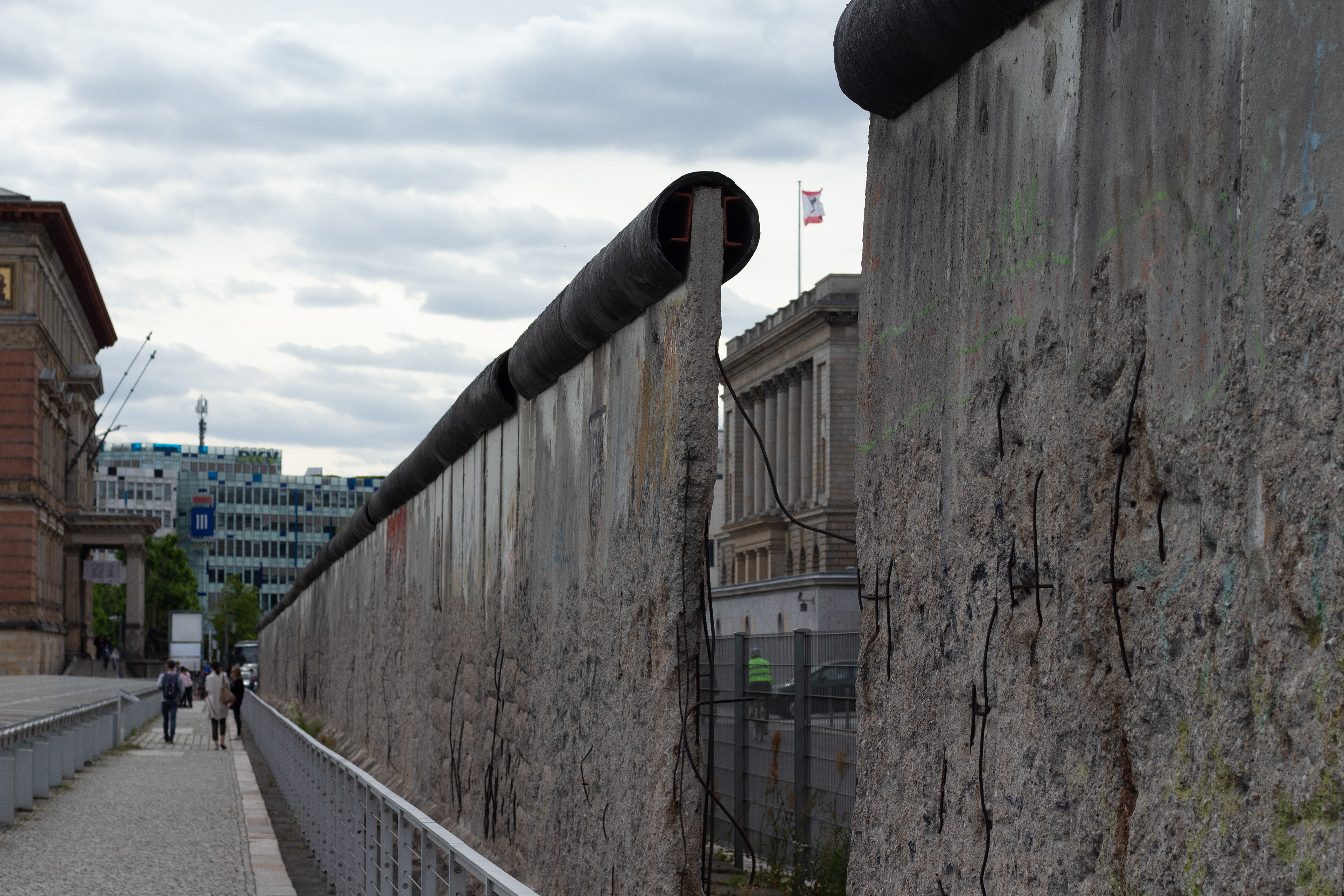

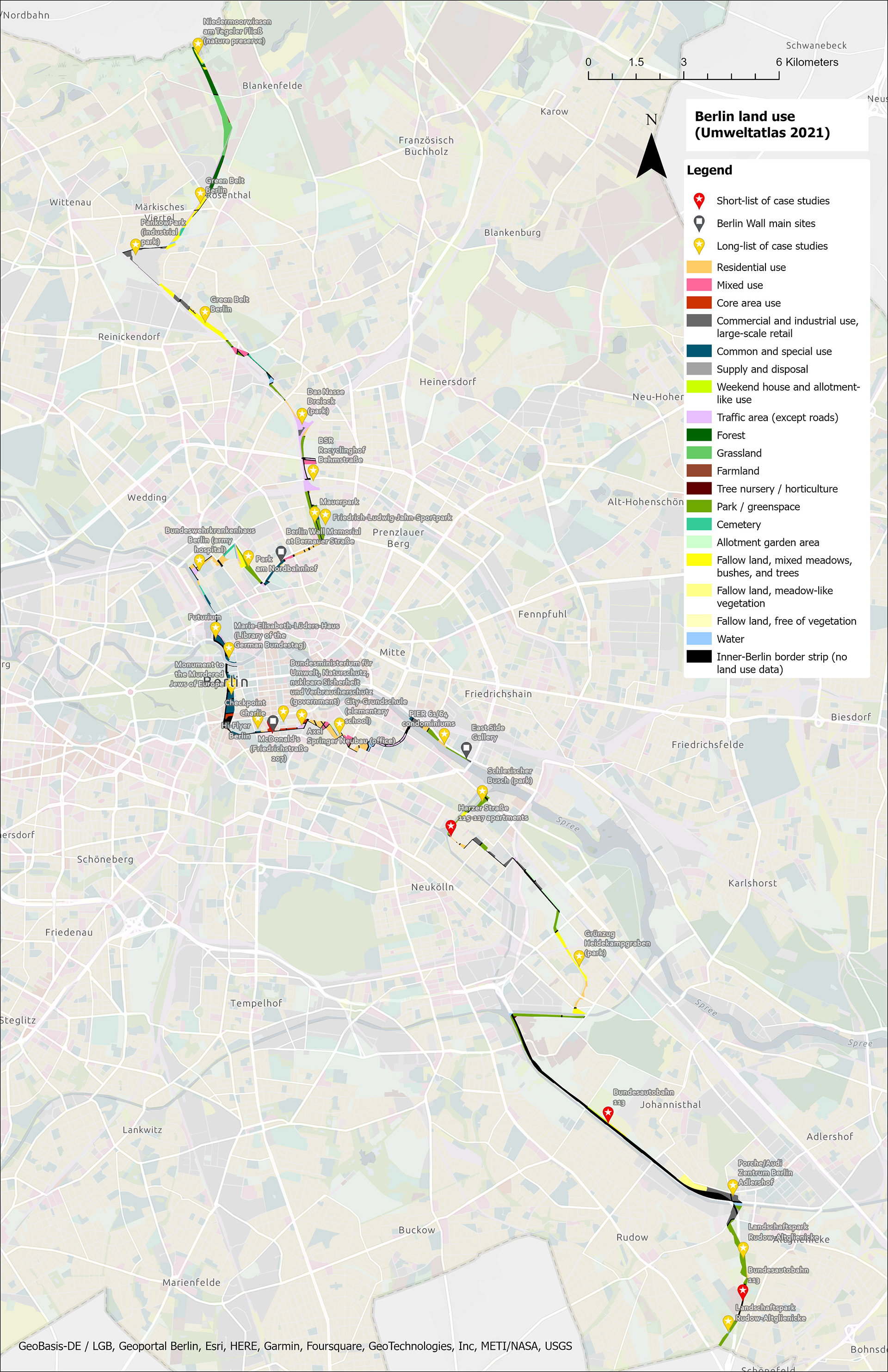
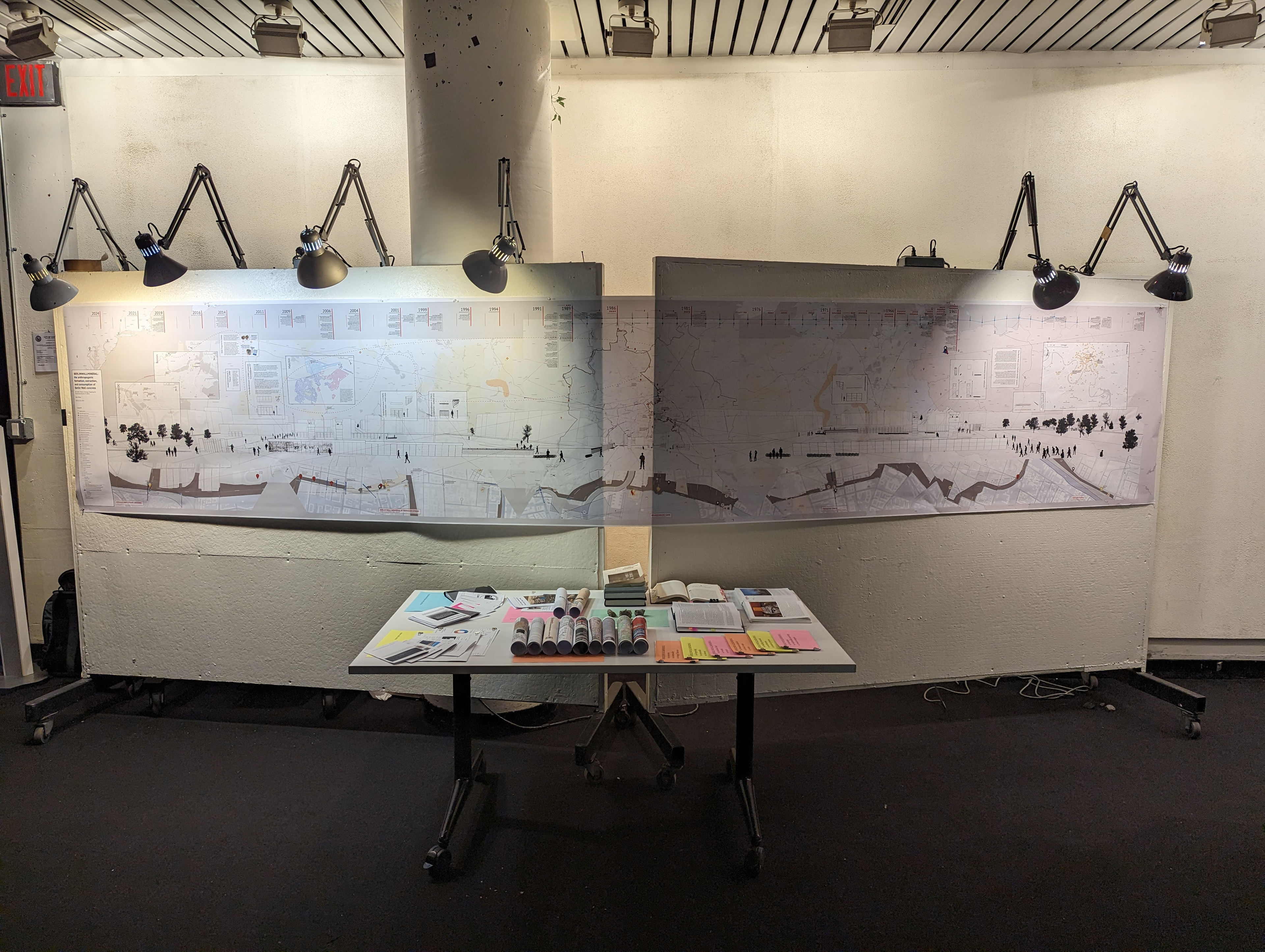
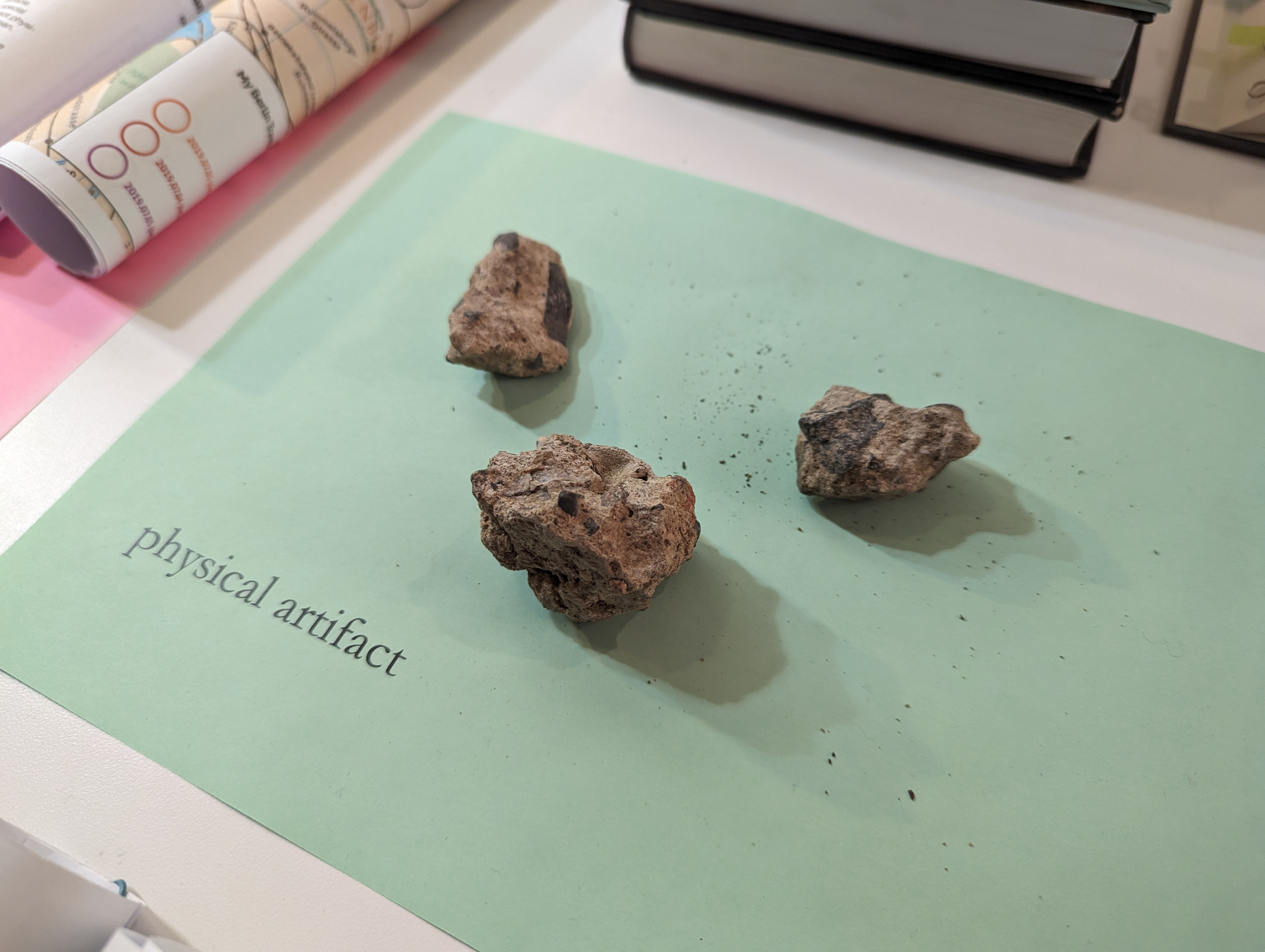
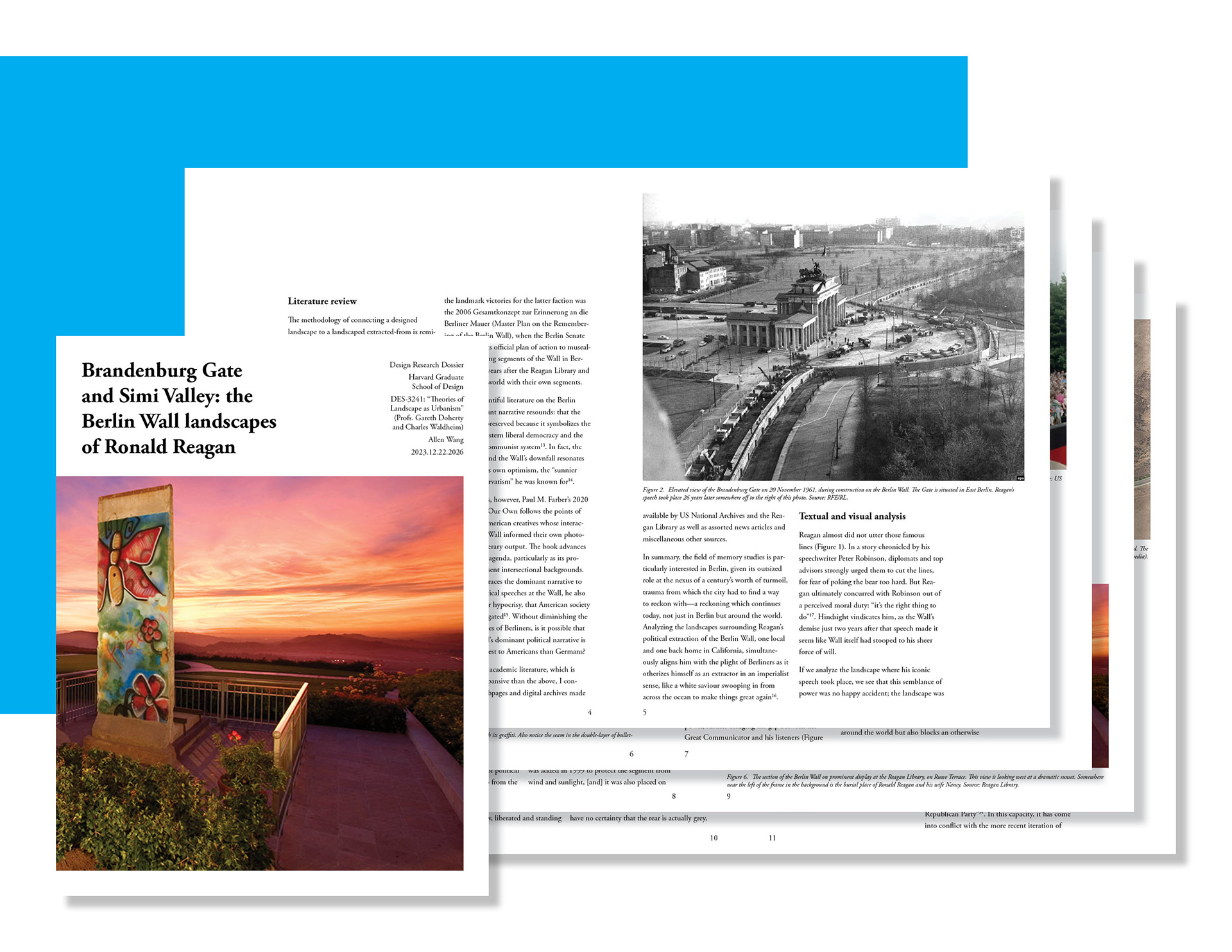
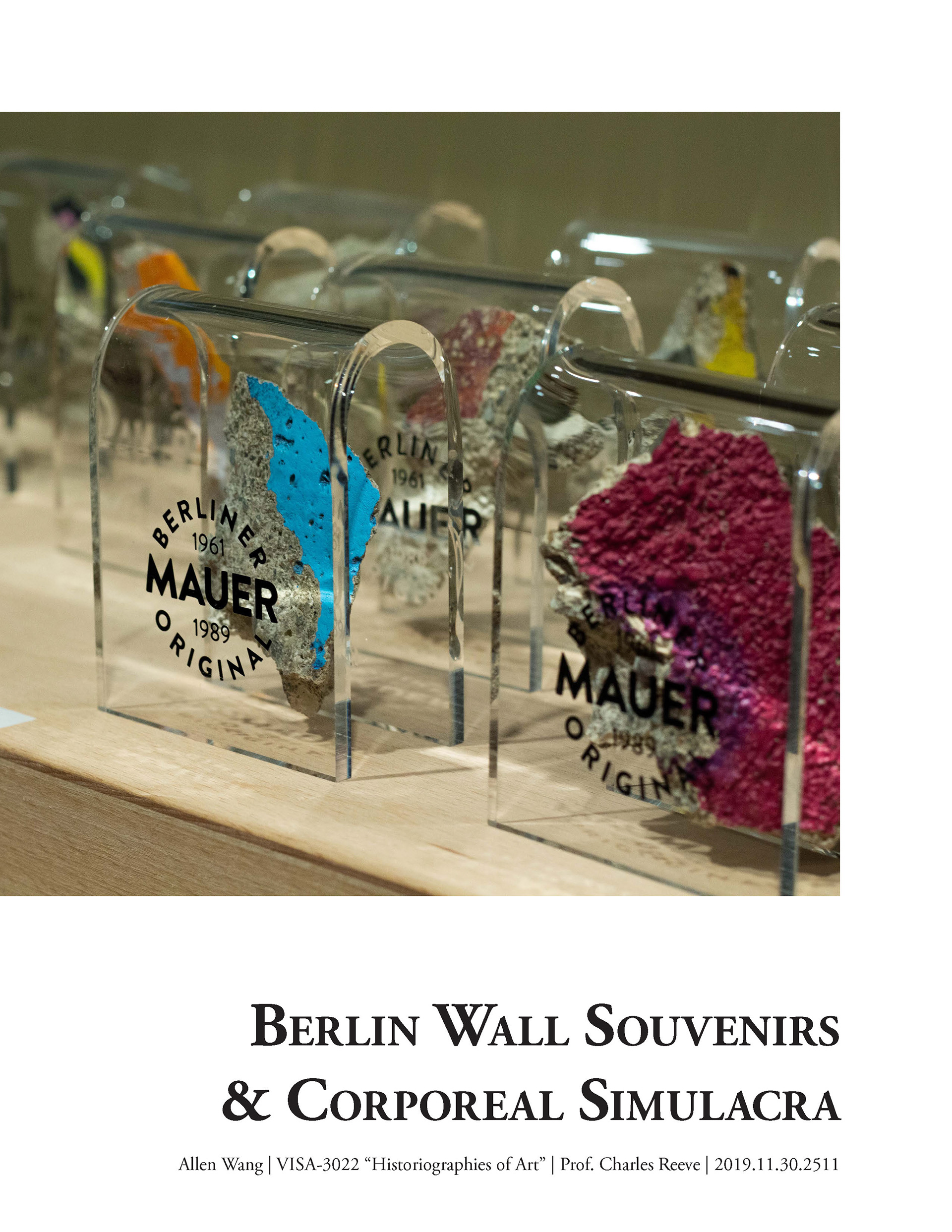

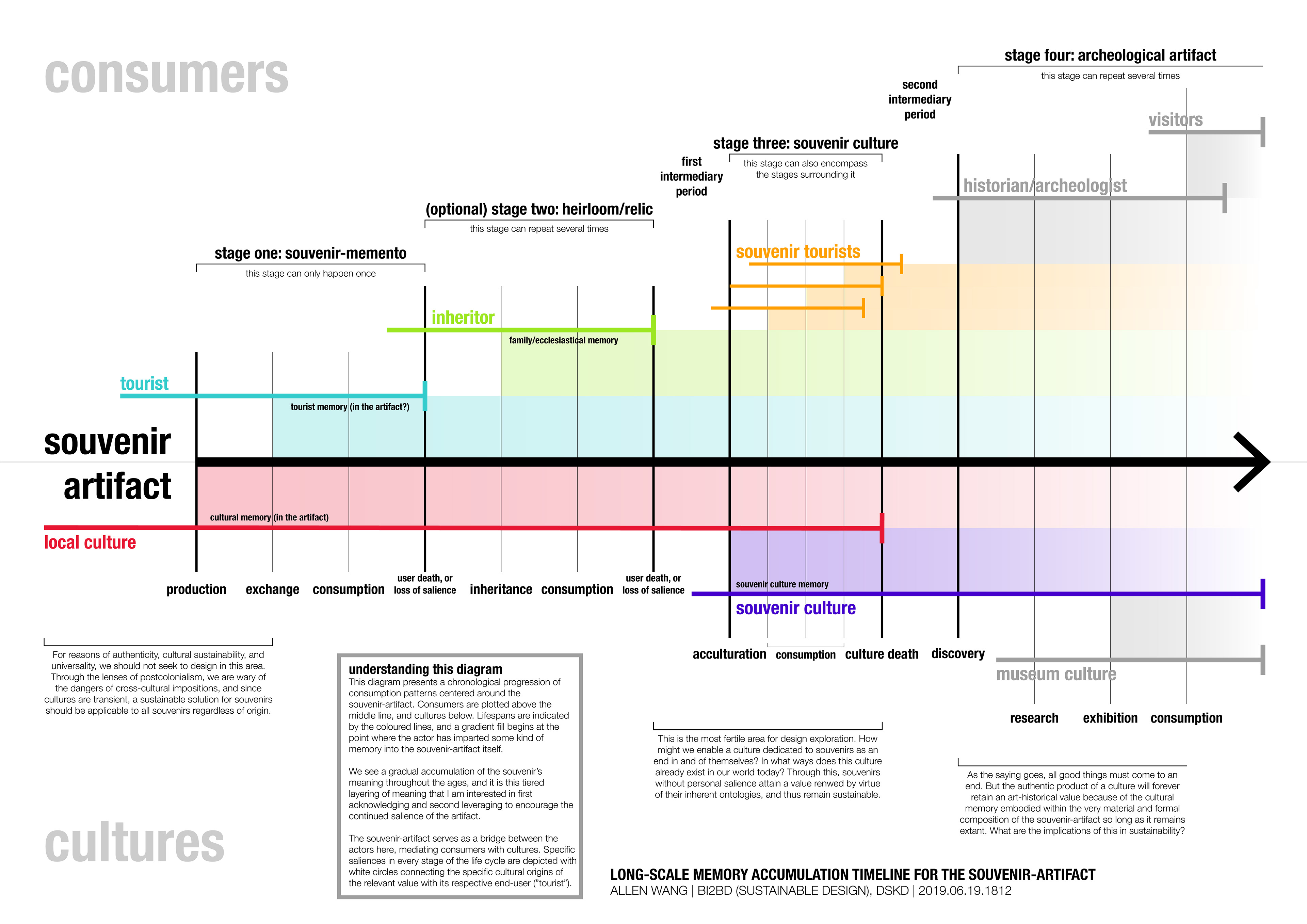
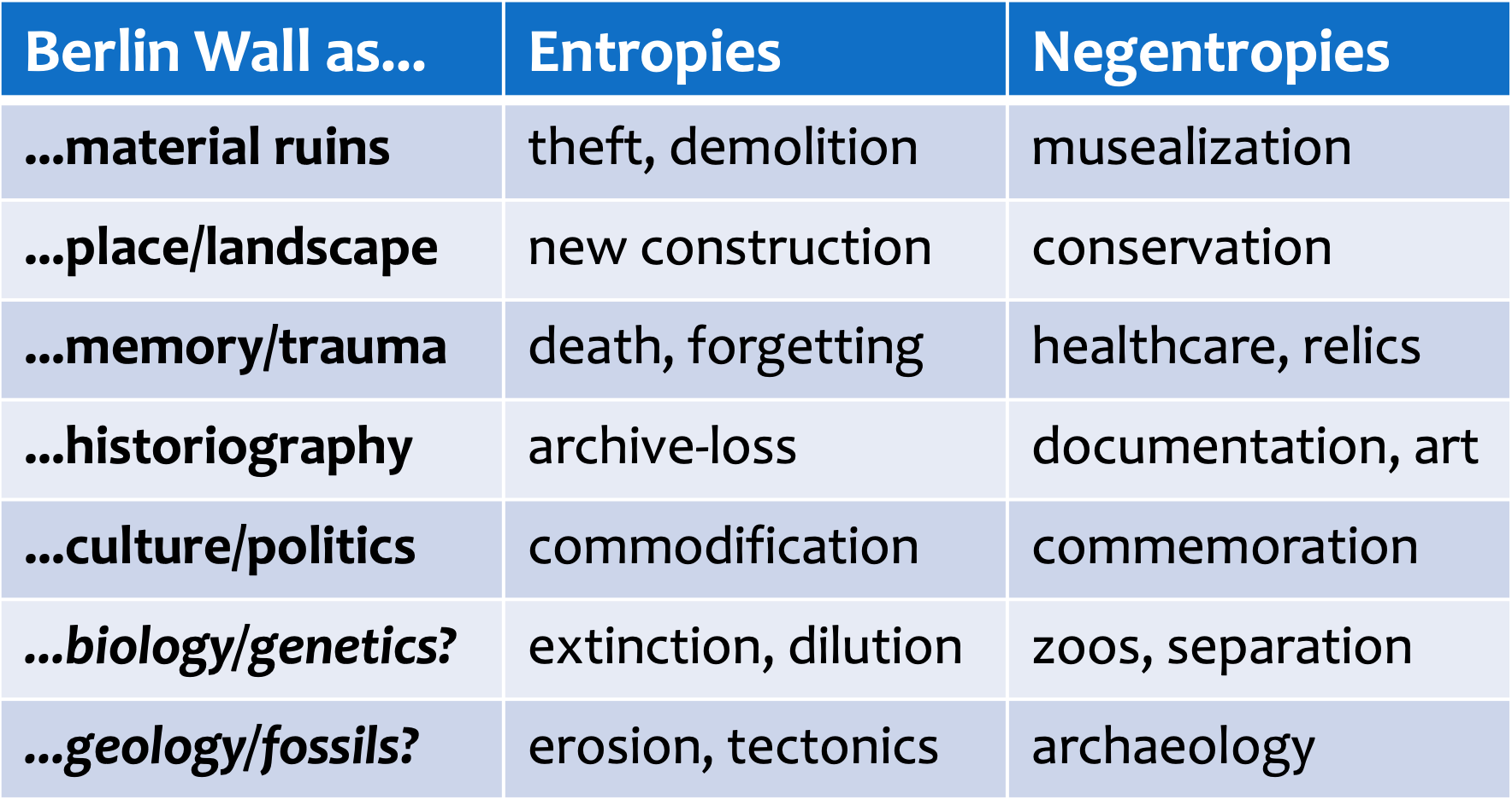
Speculative/critical design: “A Corporeal Instrumentality Project” (2019–2020)
For my Bachelor of Design thesis at OCAD University, I created an alternative set of devices to measure space and time, not through rigid Cartesian units like metres and seconds, but through a non-linear, body-centric dimensionality inspired by Situationism.
What if your watch looked at you to tell time?
A maker tutorial for how to “hack” a watch to advance on the variable rhythm of the wearer's heartbeat (rather than the steady oscillations of quartz) was one of many corporeal instrumentality projects I hosted on a wiki-based repository to explore this new corporeal cartography.
I exhibited an in-progress version of this thesis at "Off Course" as part of DesignTO 2020, and my project was a finalist at the ACIDO Rocket 2020 competition. In 2024, I exhibited the non-linear form of mapping I developed at the Harvard Graduate School of Design's Kirkland Gallery.
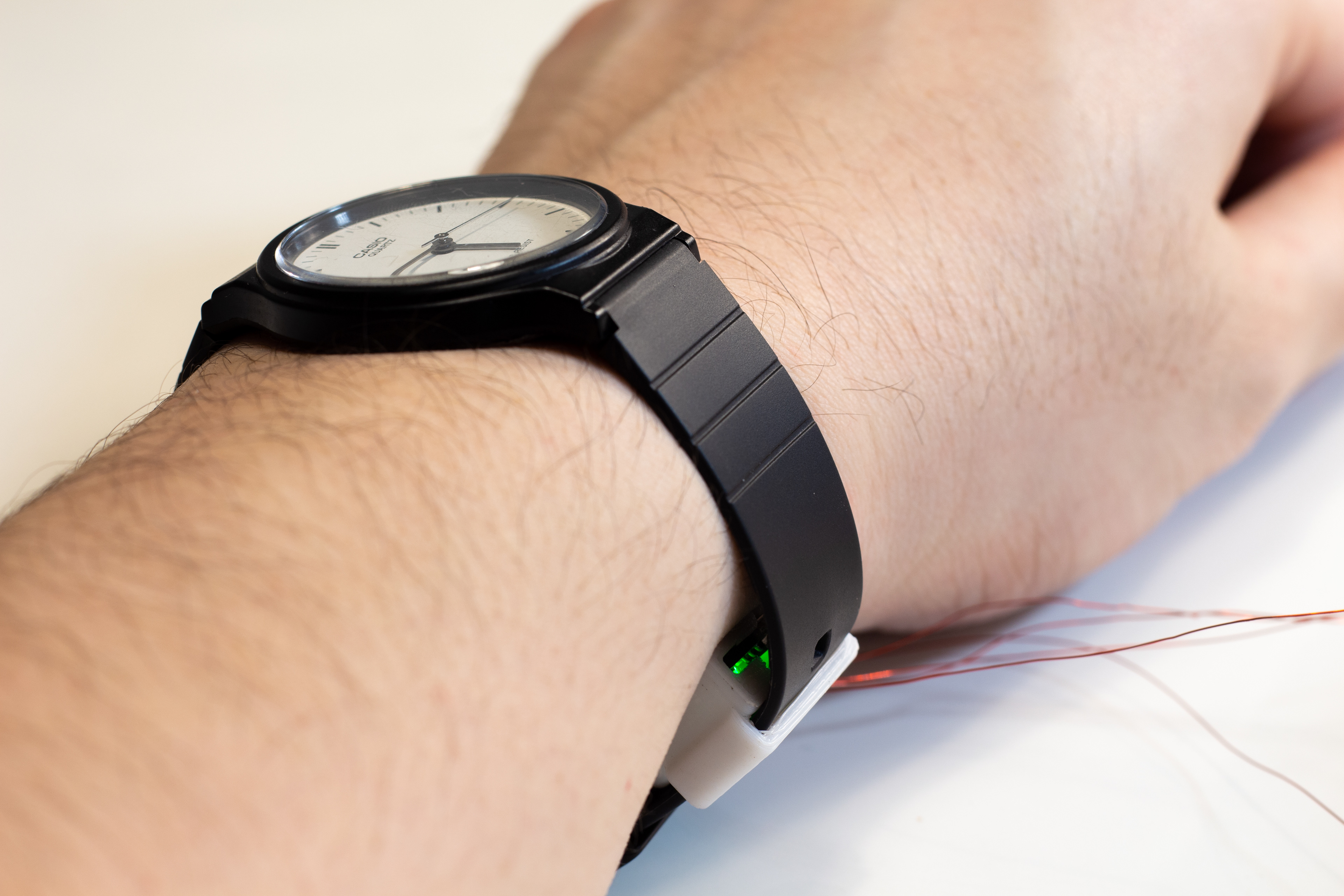
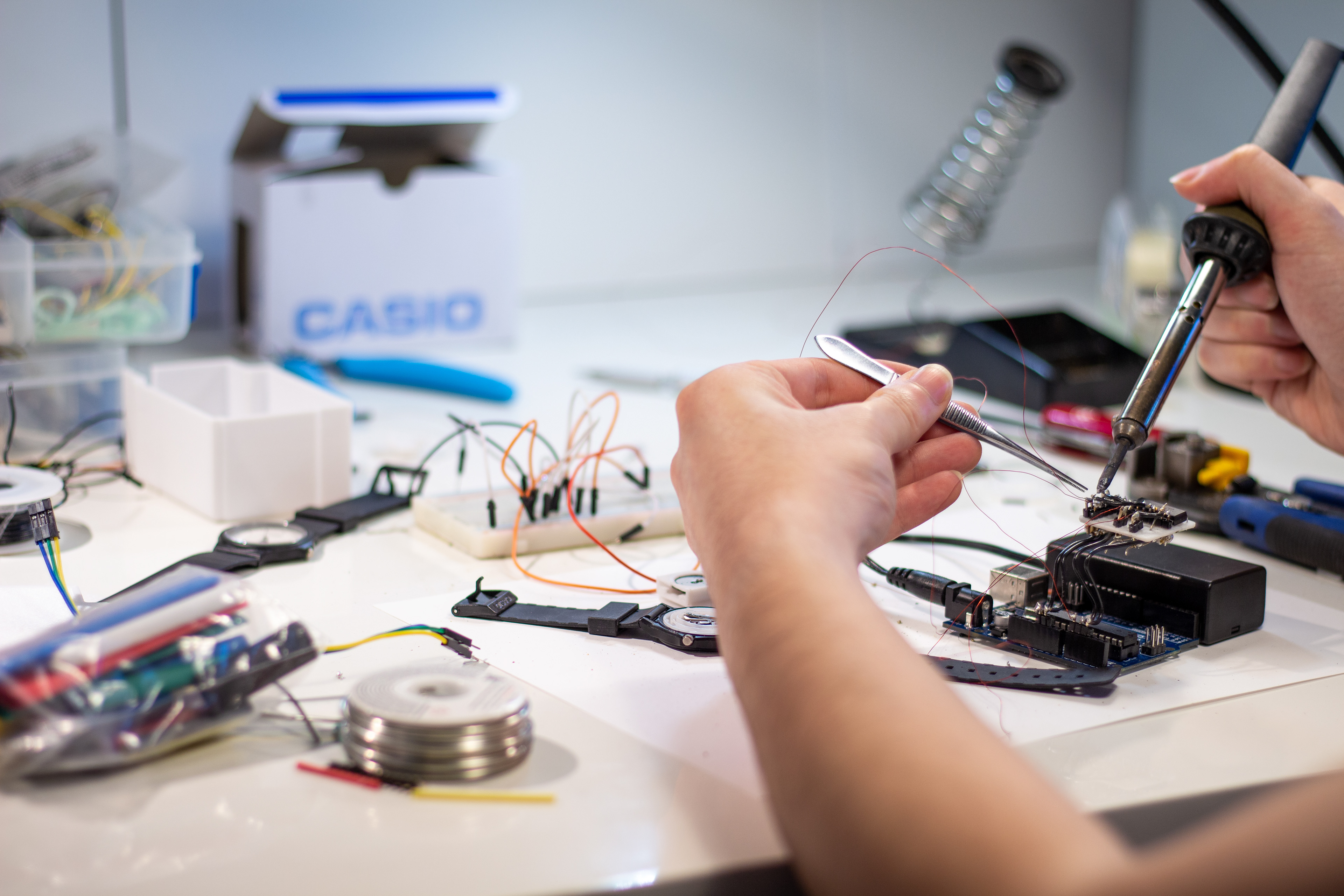
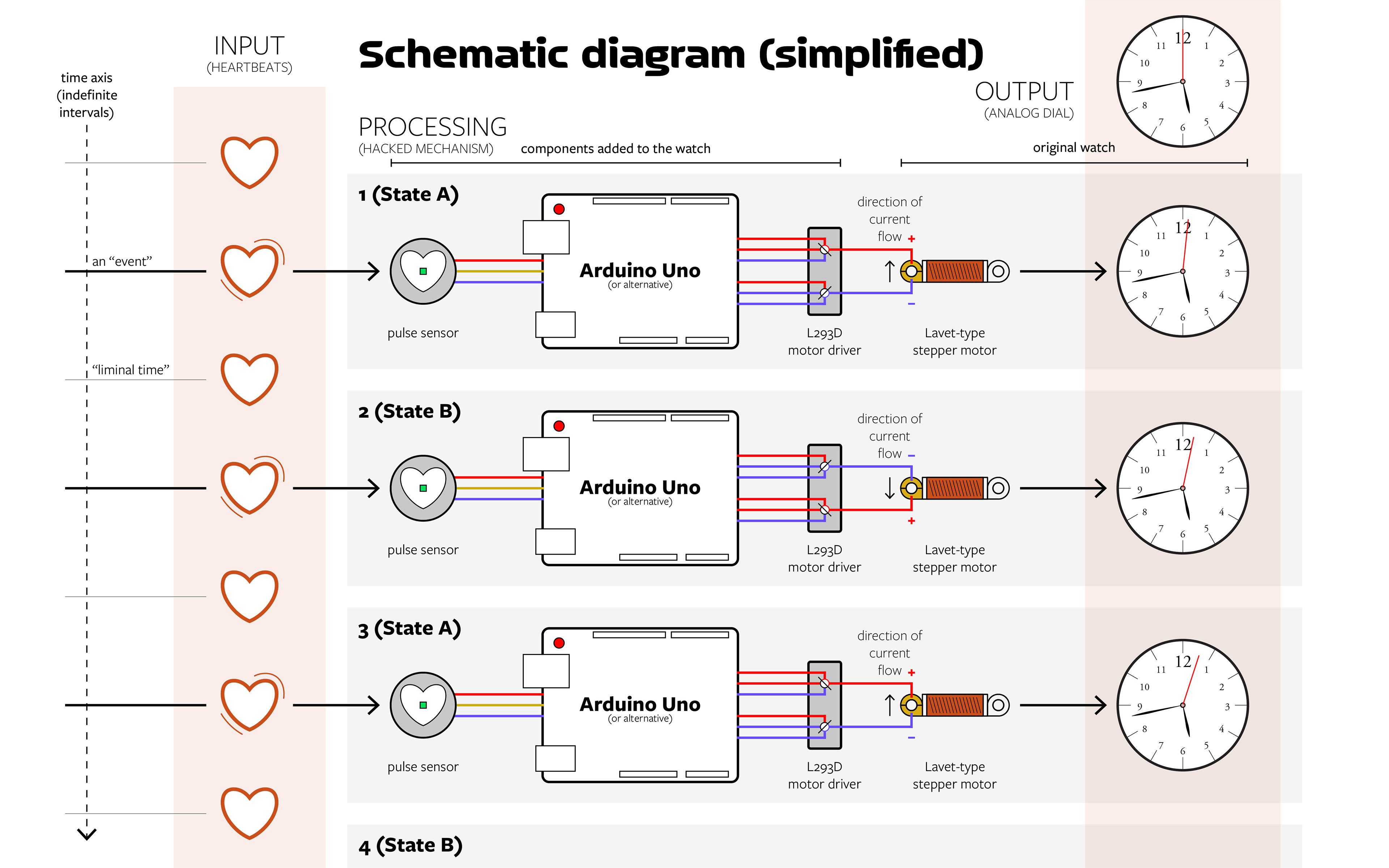
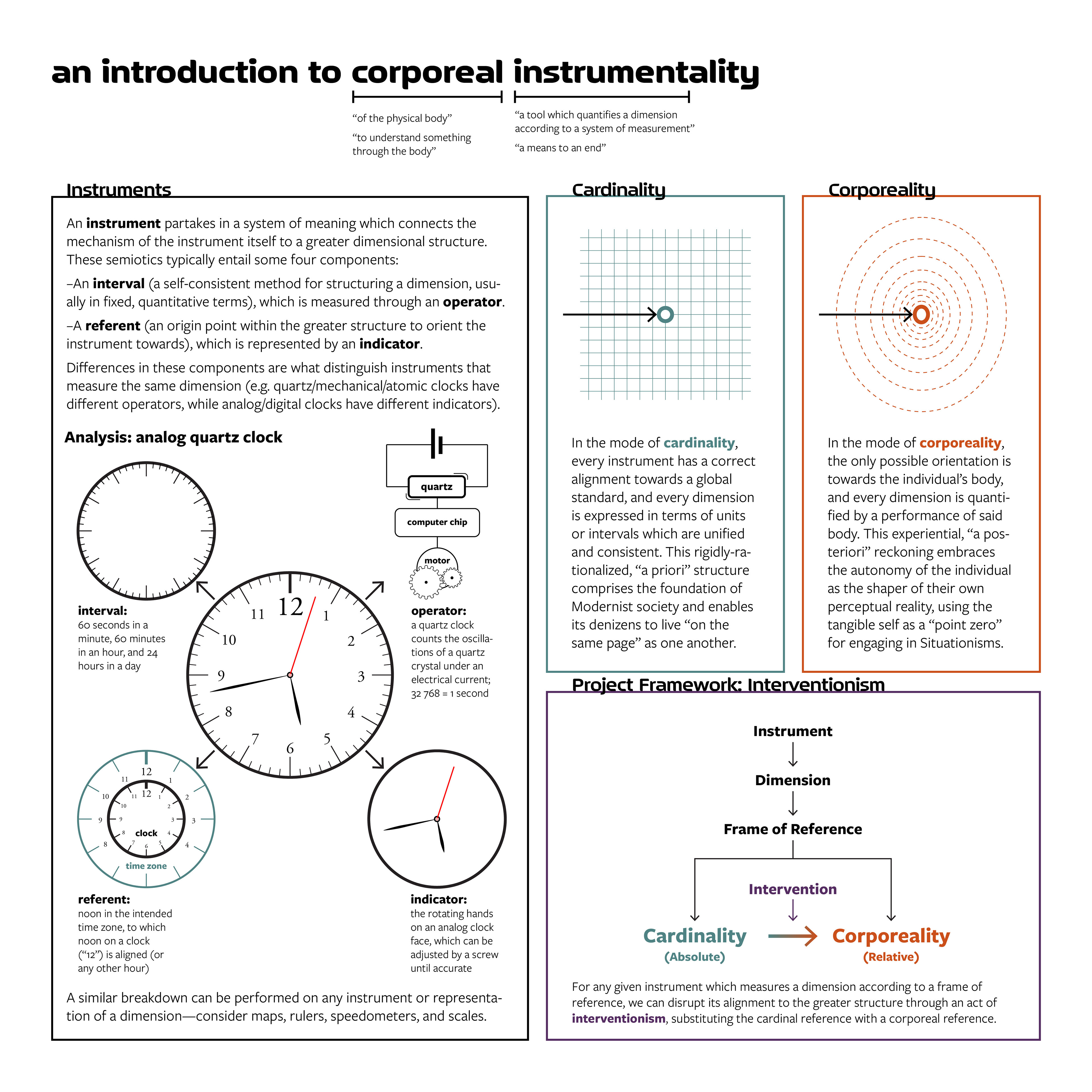
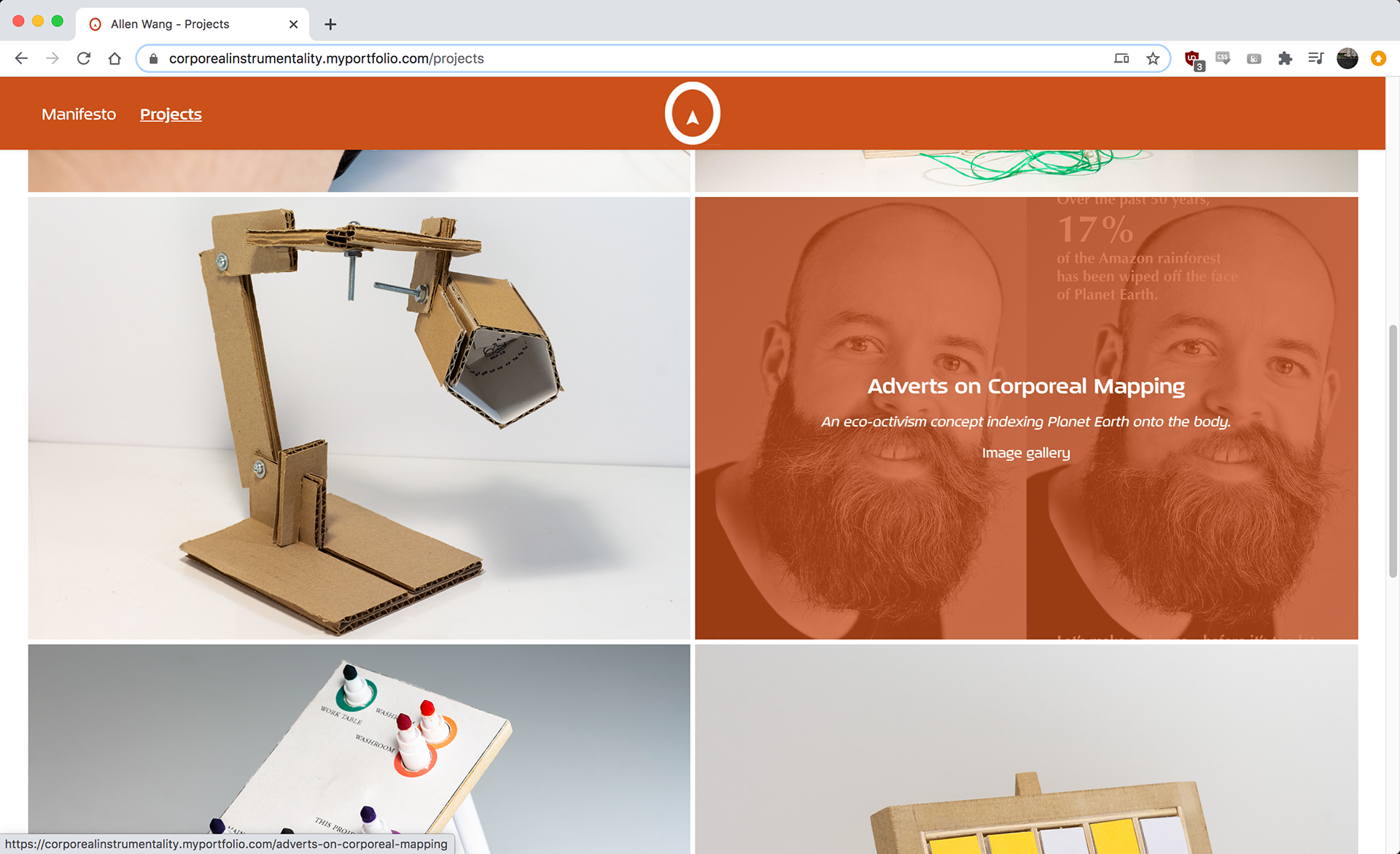
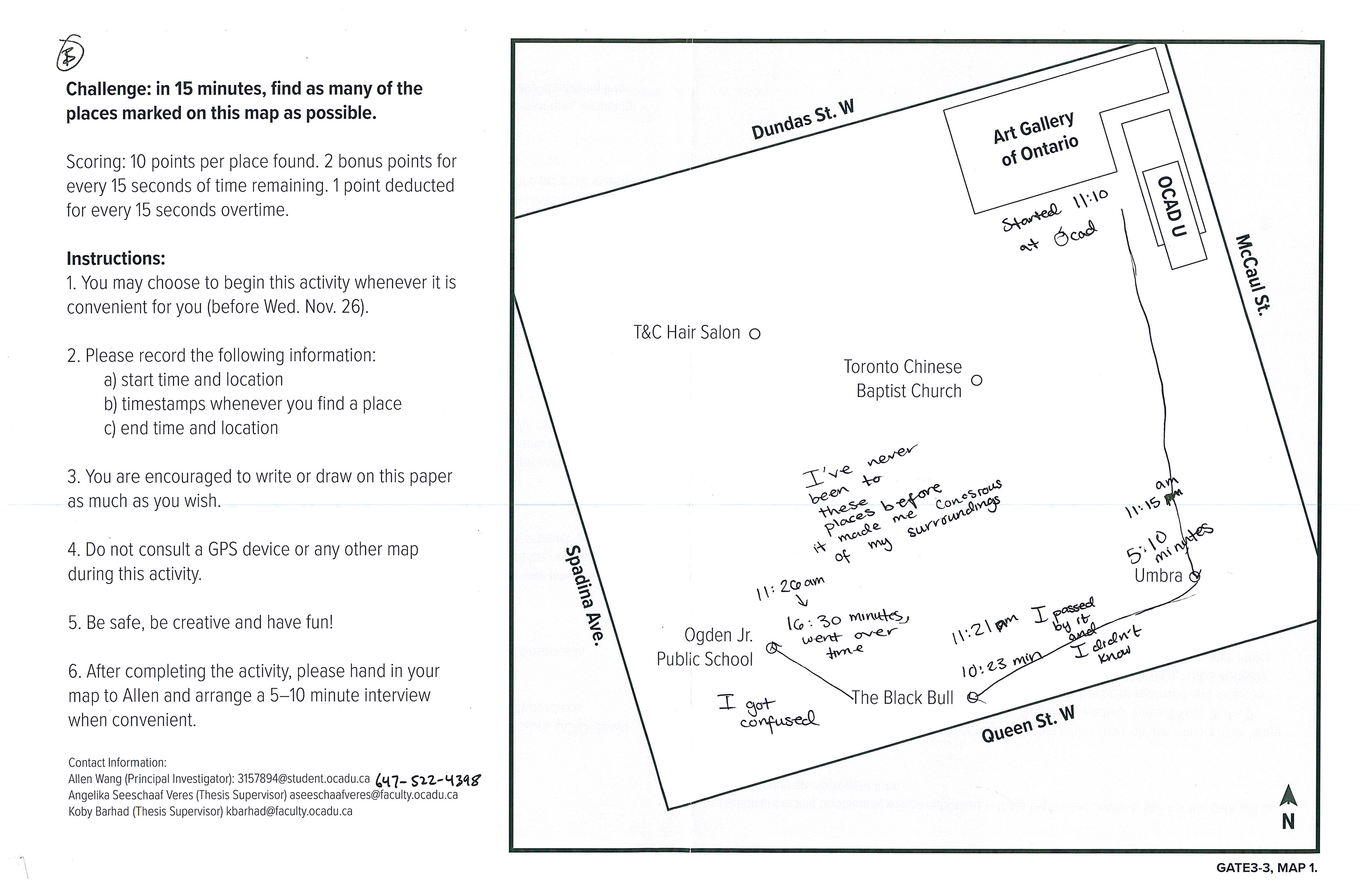
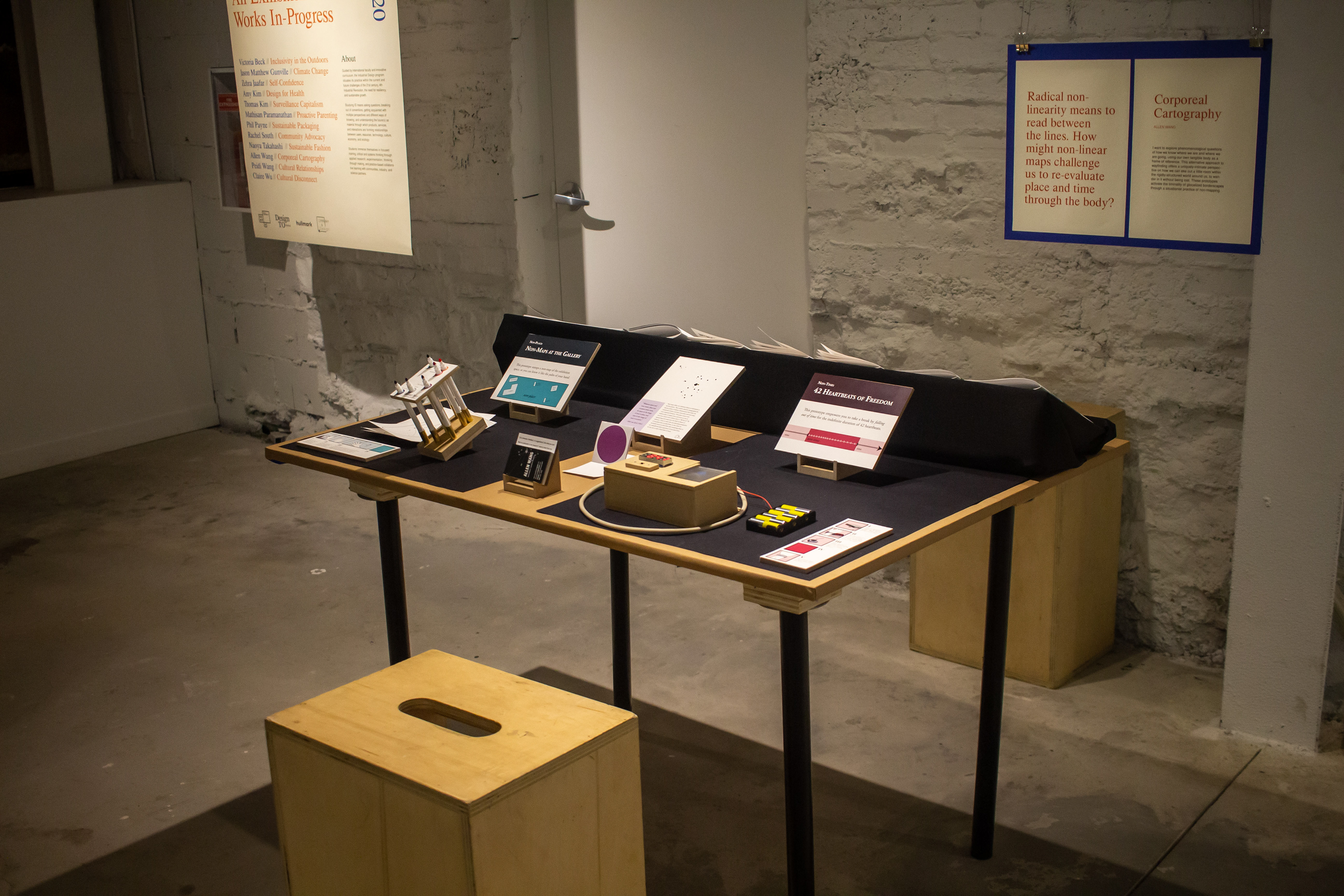
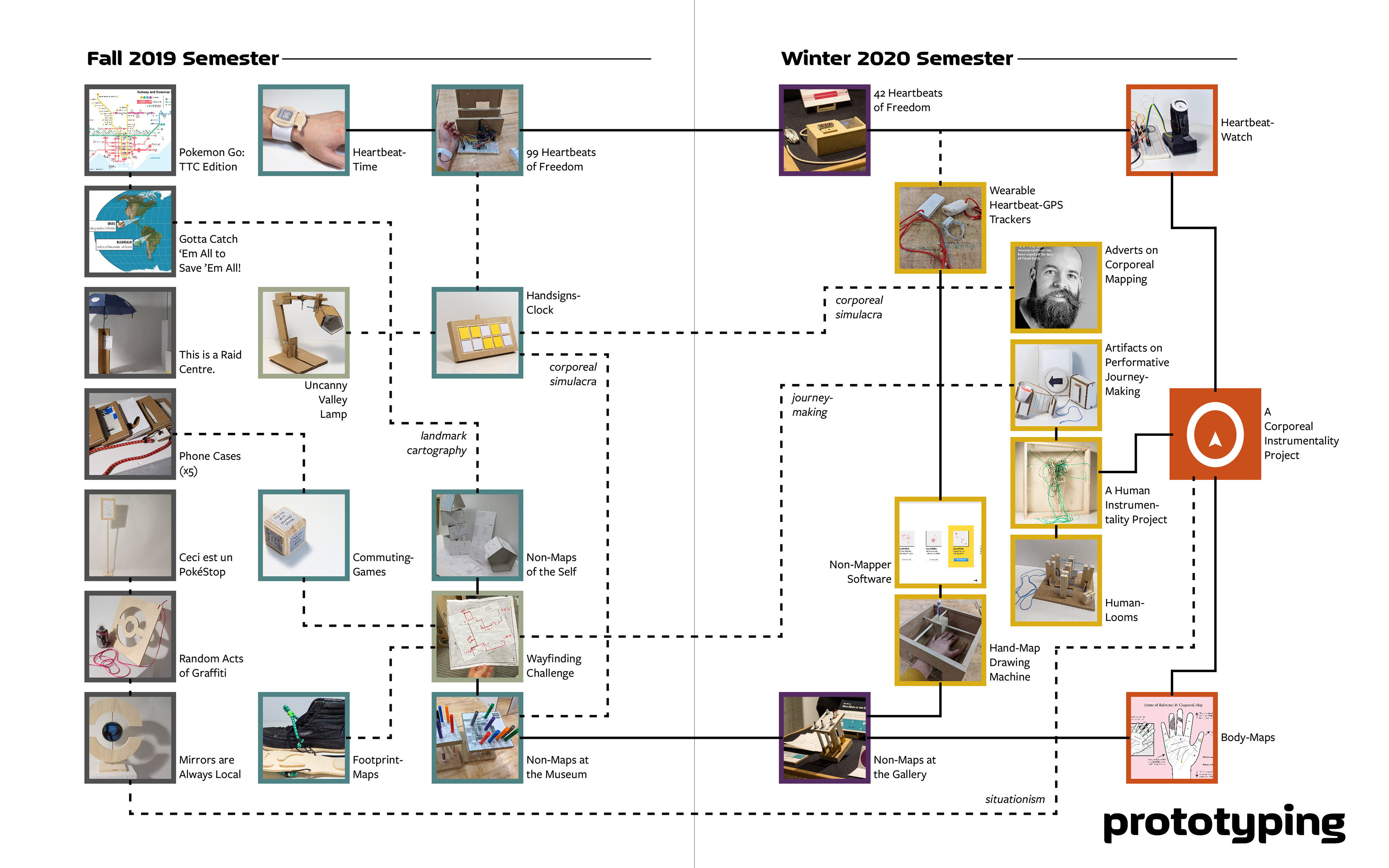
Freelance research for non-profit organizations (2021–2023)
I do research contracts for non-profit organizations to expand my horizons, hone my skills, and give back to the community. I have tackled topics related to underserved communities, program delivery, and market competition. In every project, I challenge myself to not just leverage my existing skillset, but also my knack for picking up new skills, in order to produce optimal results for my clients. For example, I learned Python to analyze and generate maps from Statistics Canada's Census of Population. What I love about research is producing net-new knowledge that goes beyond what currently exists in textbooks.
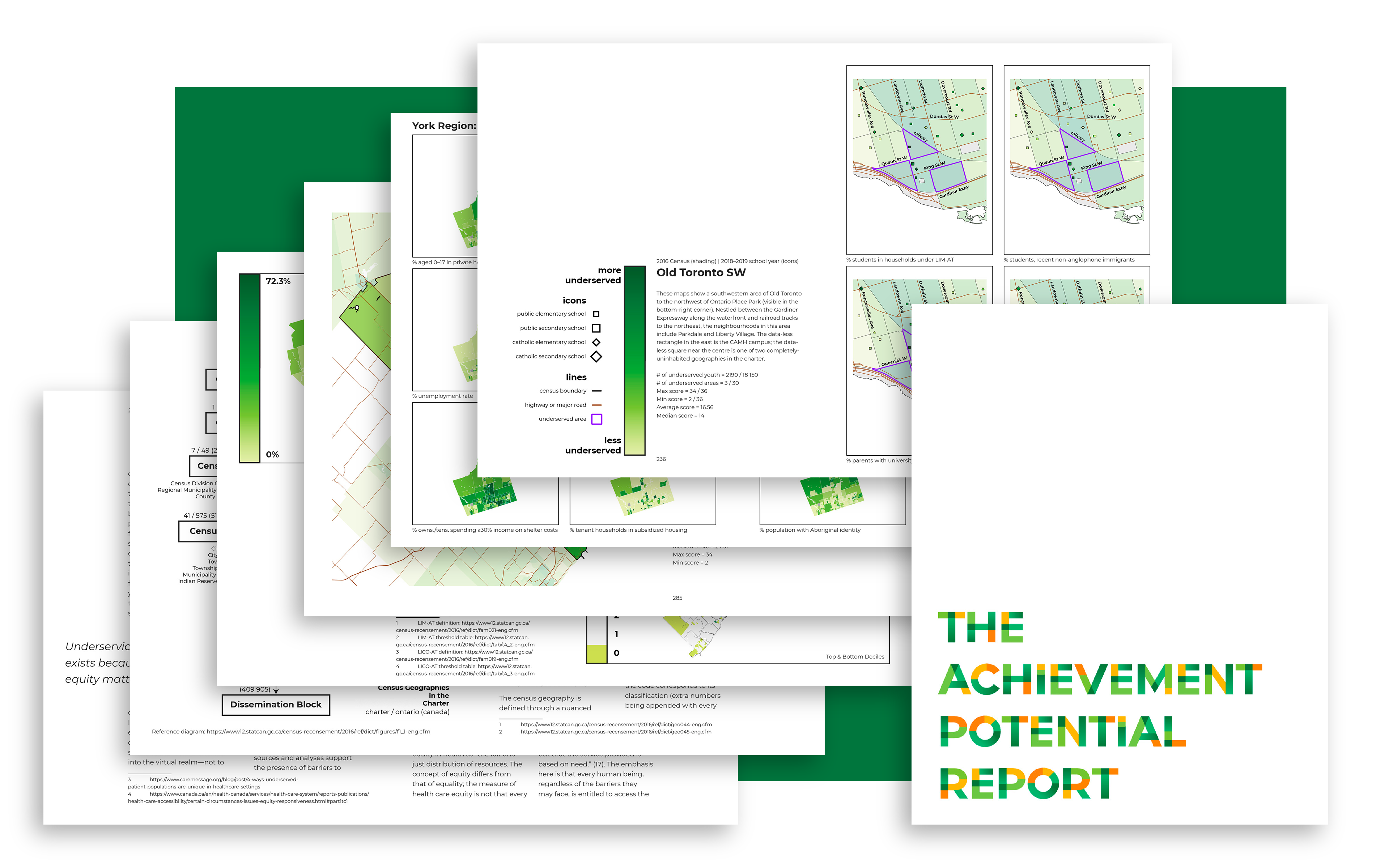
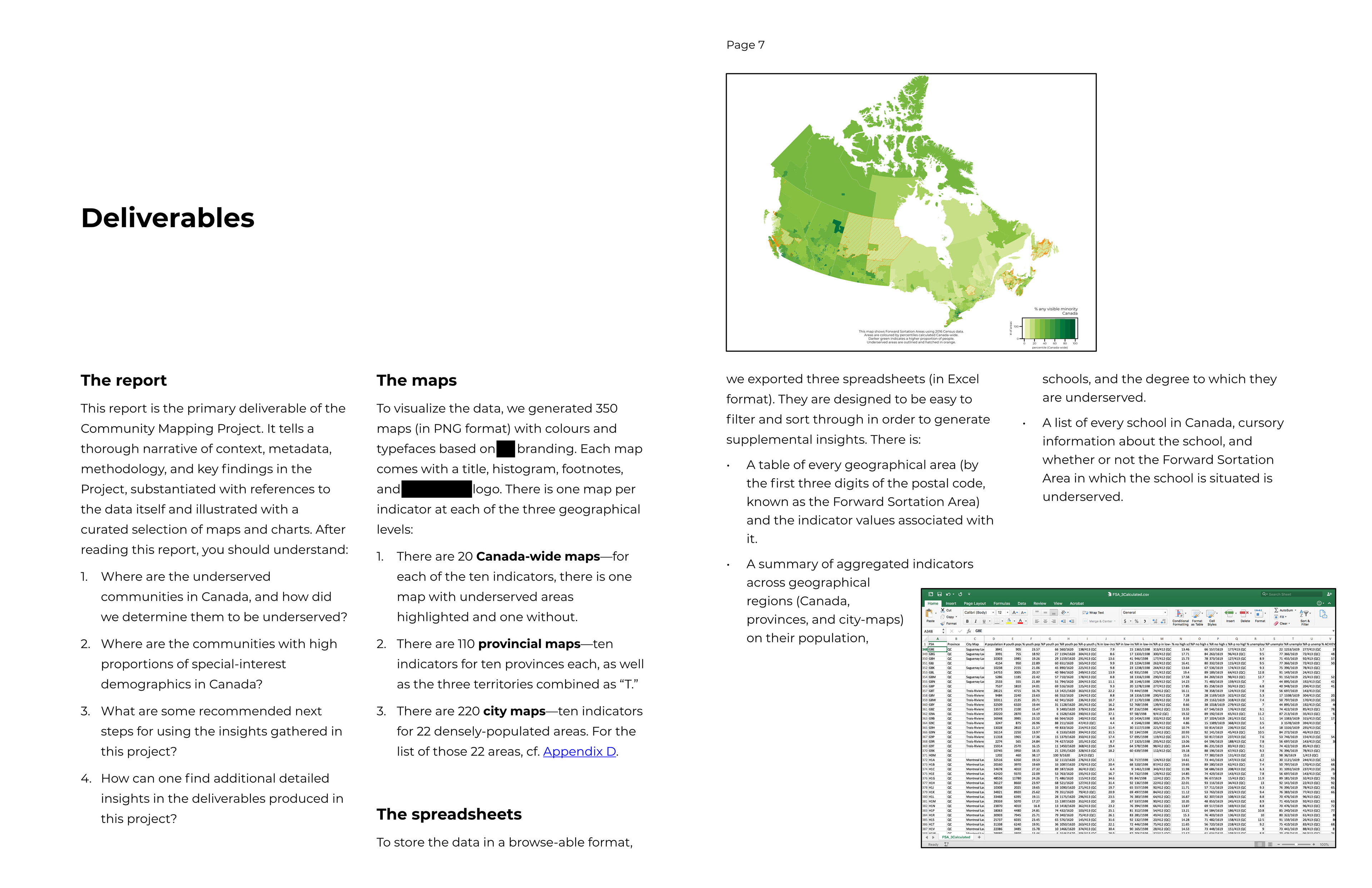
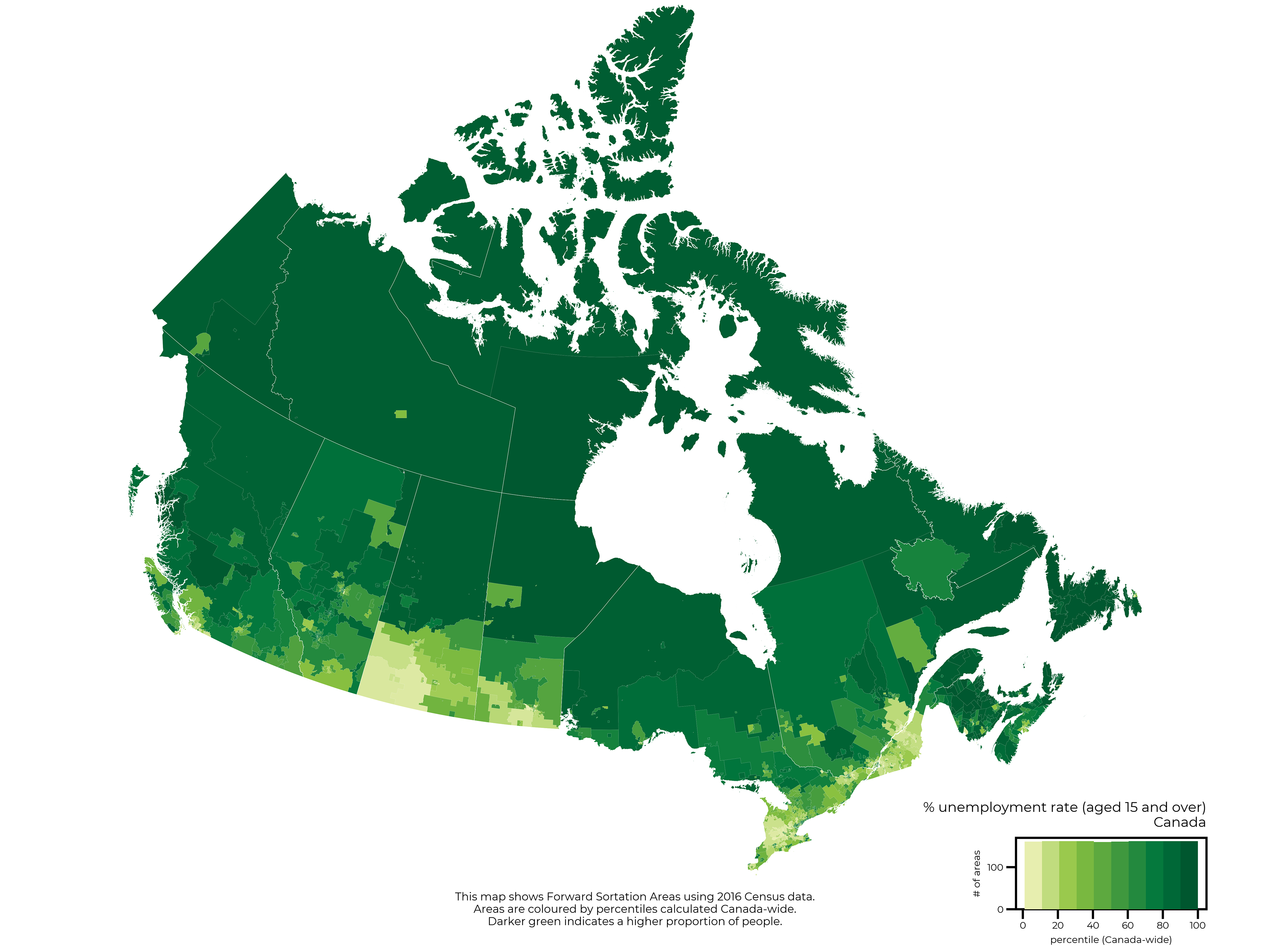
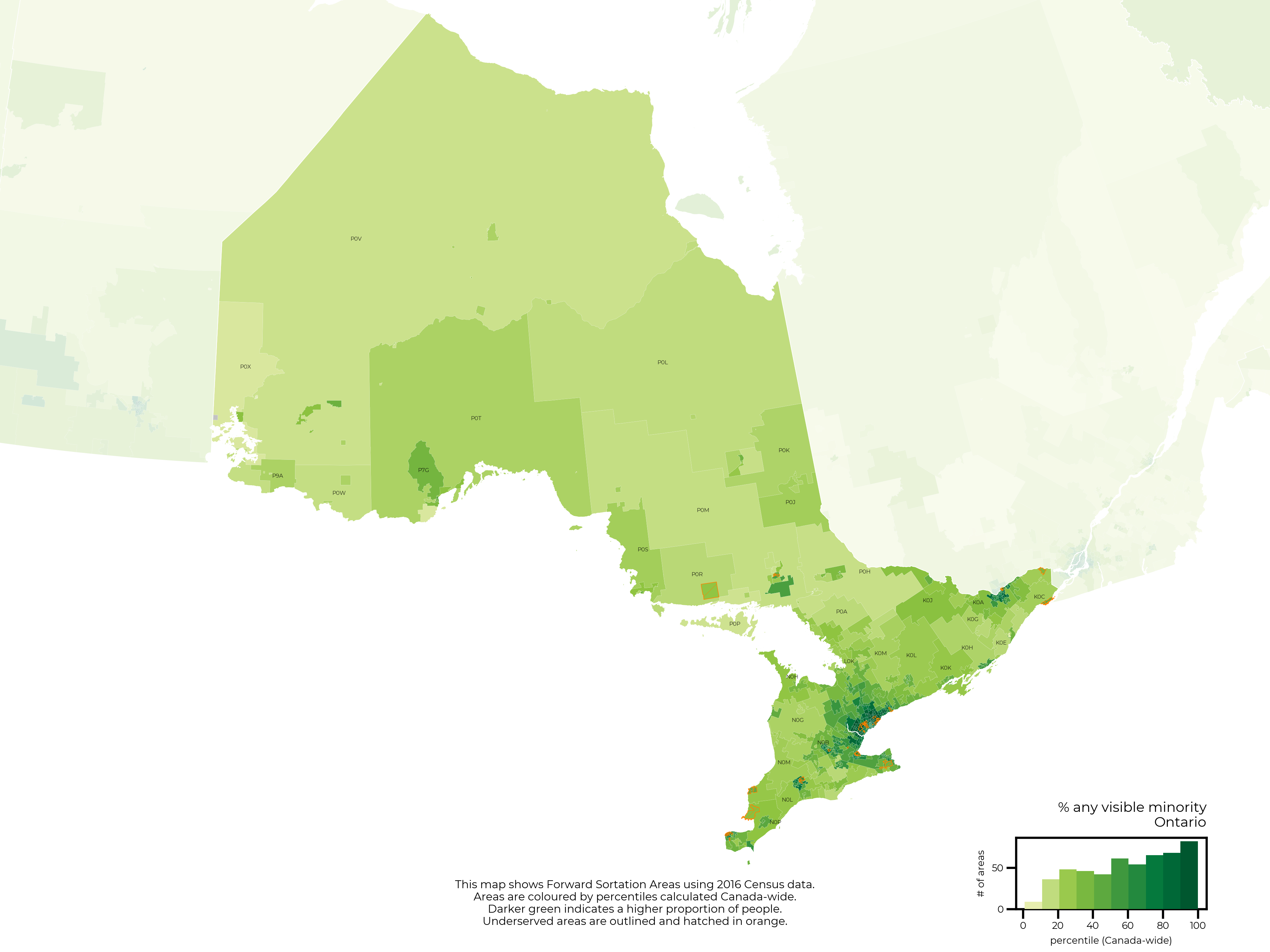
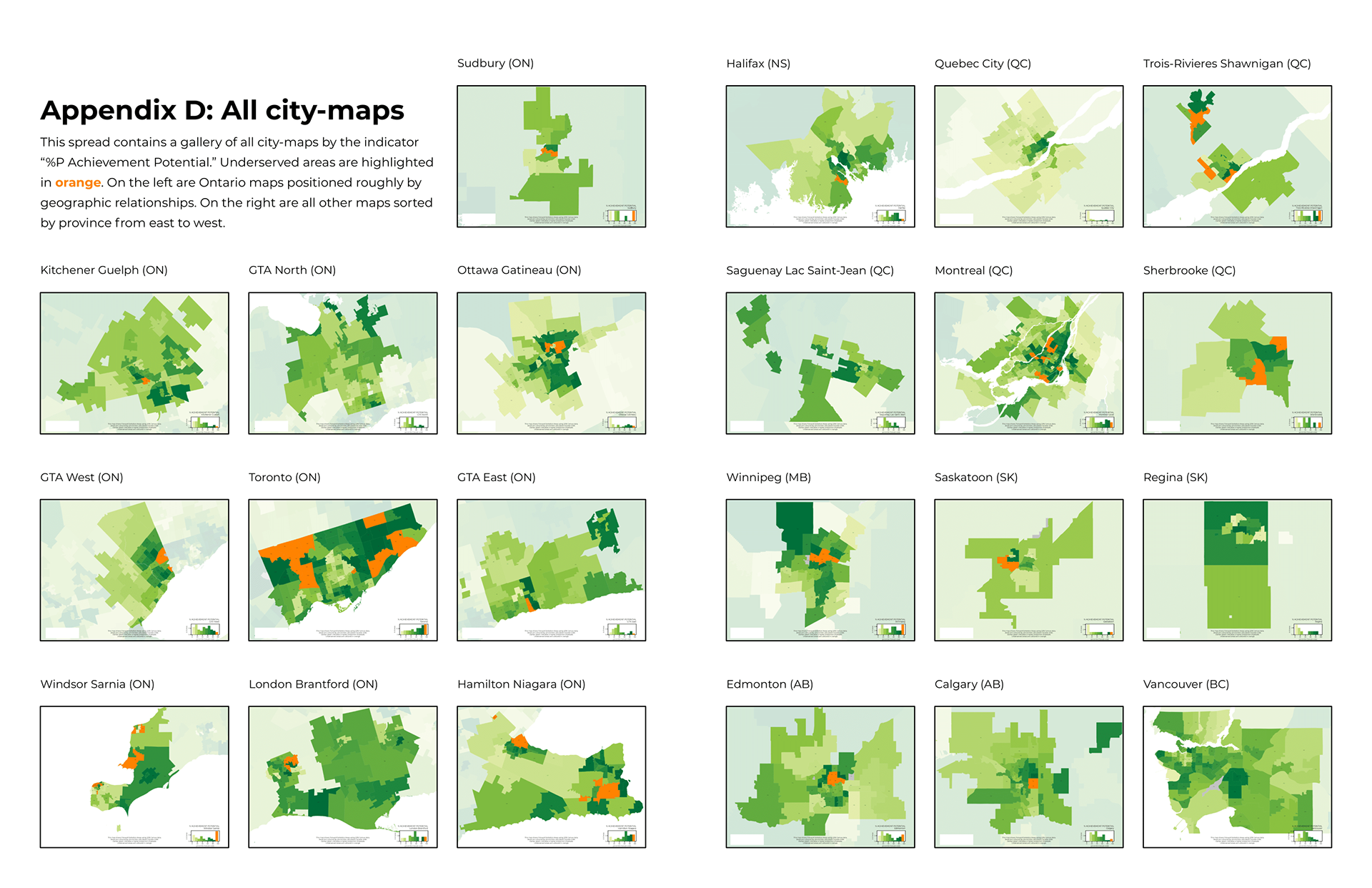
Concept prototypes: memory, interstitials, anthropomorphism, futures, change (2017–2019)
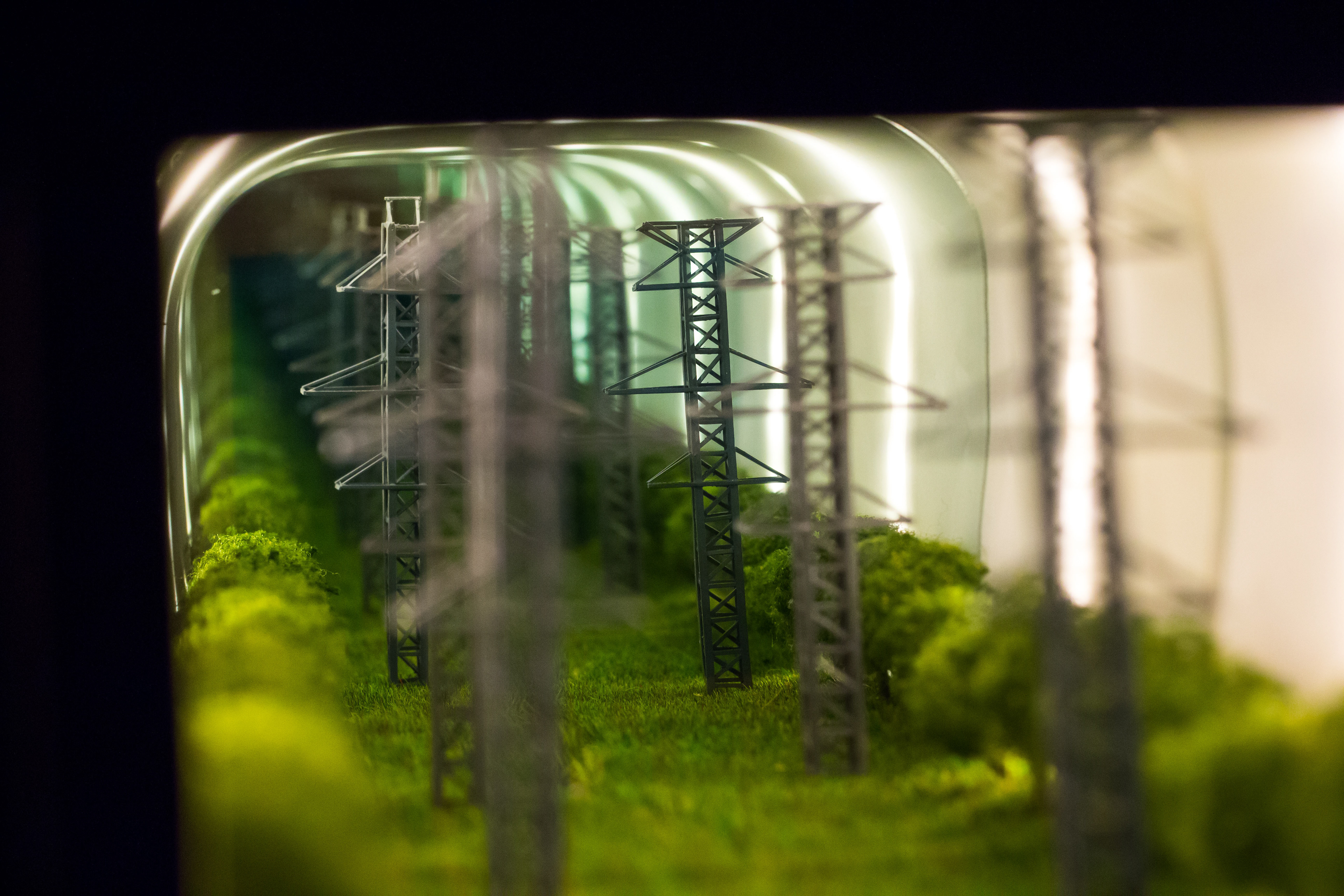
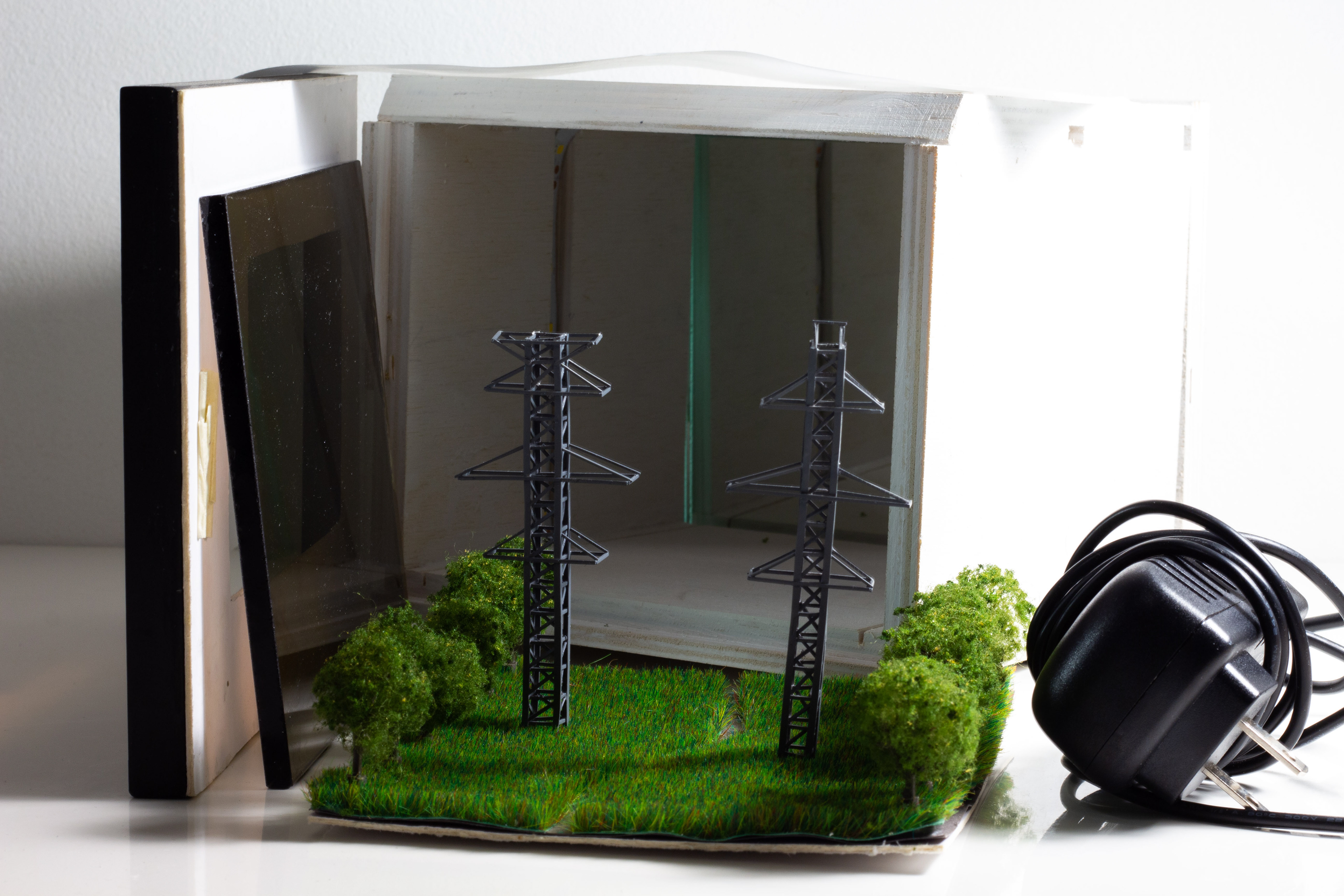
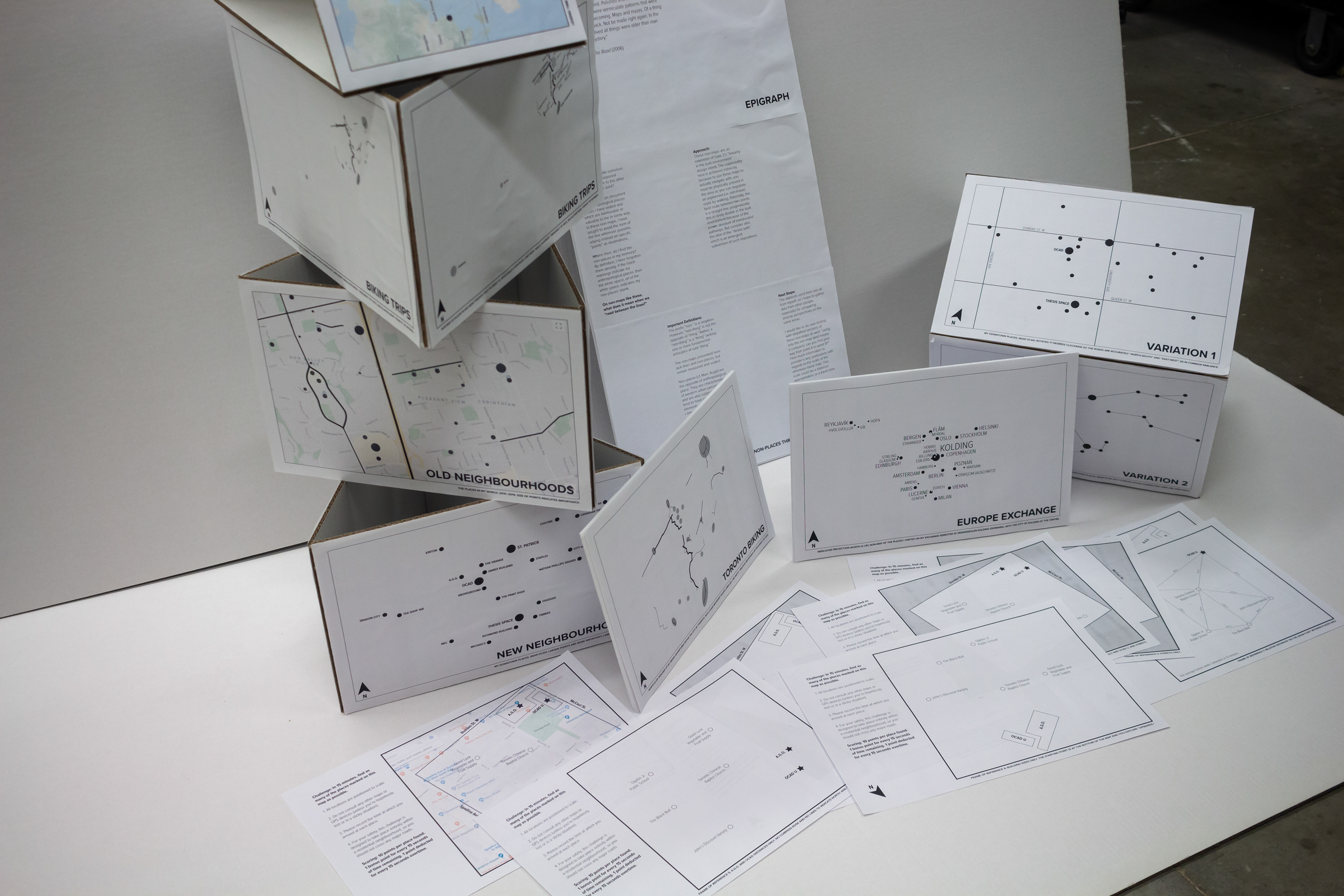
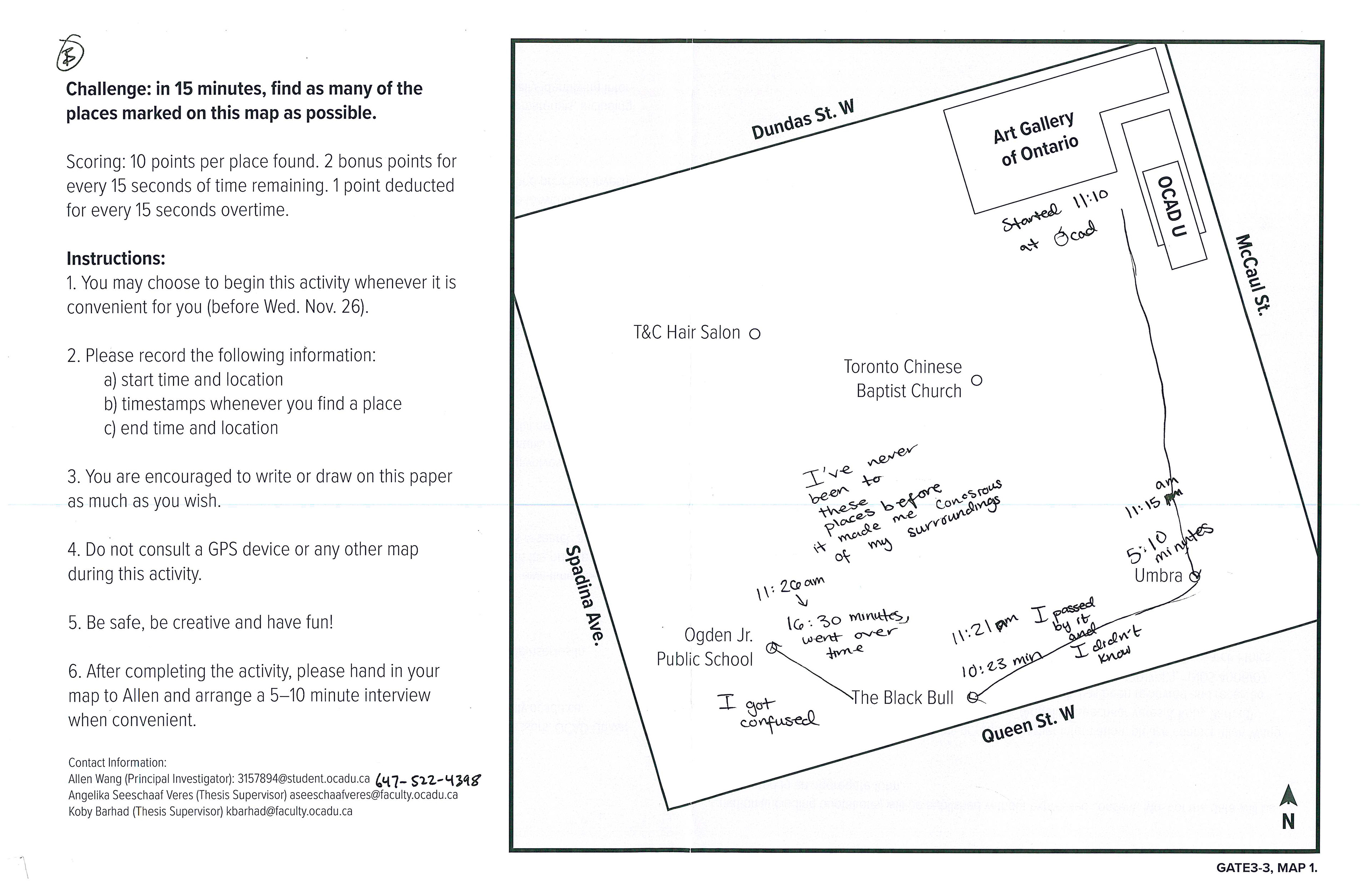
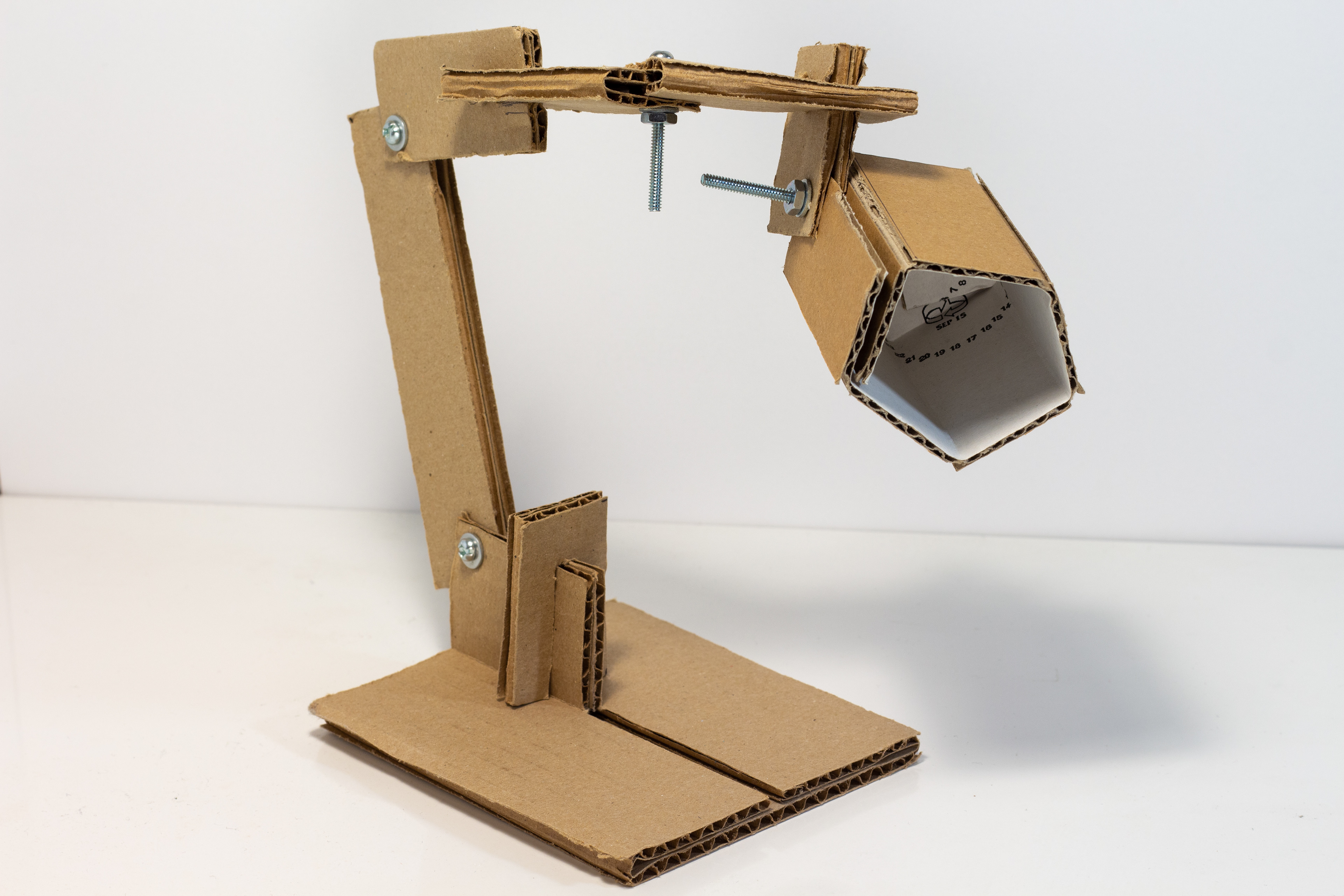
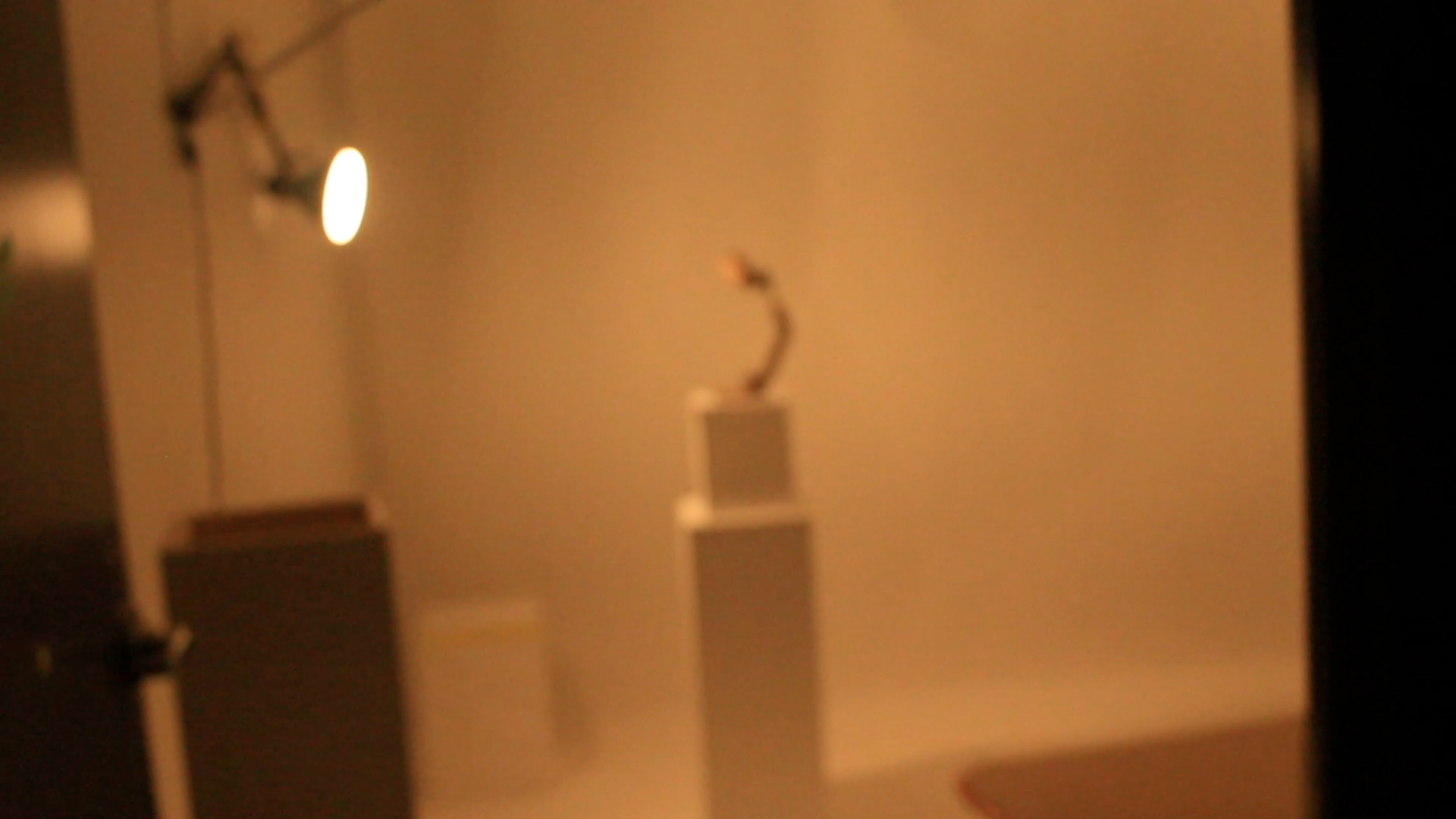
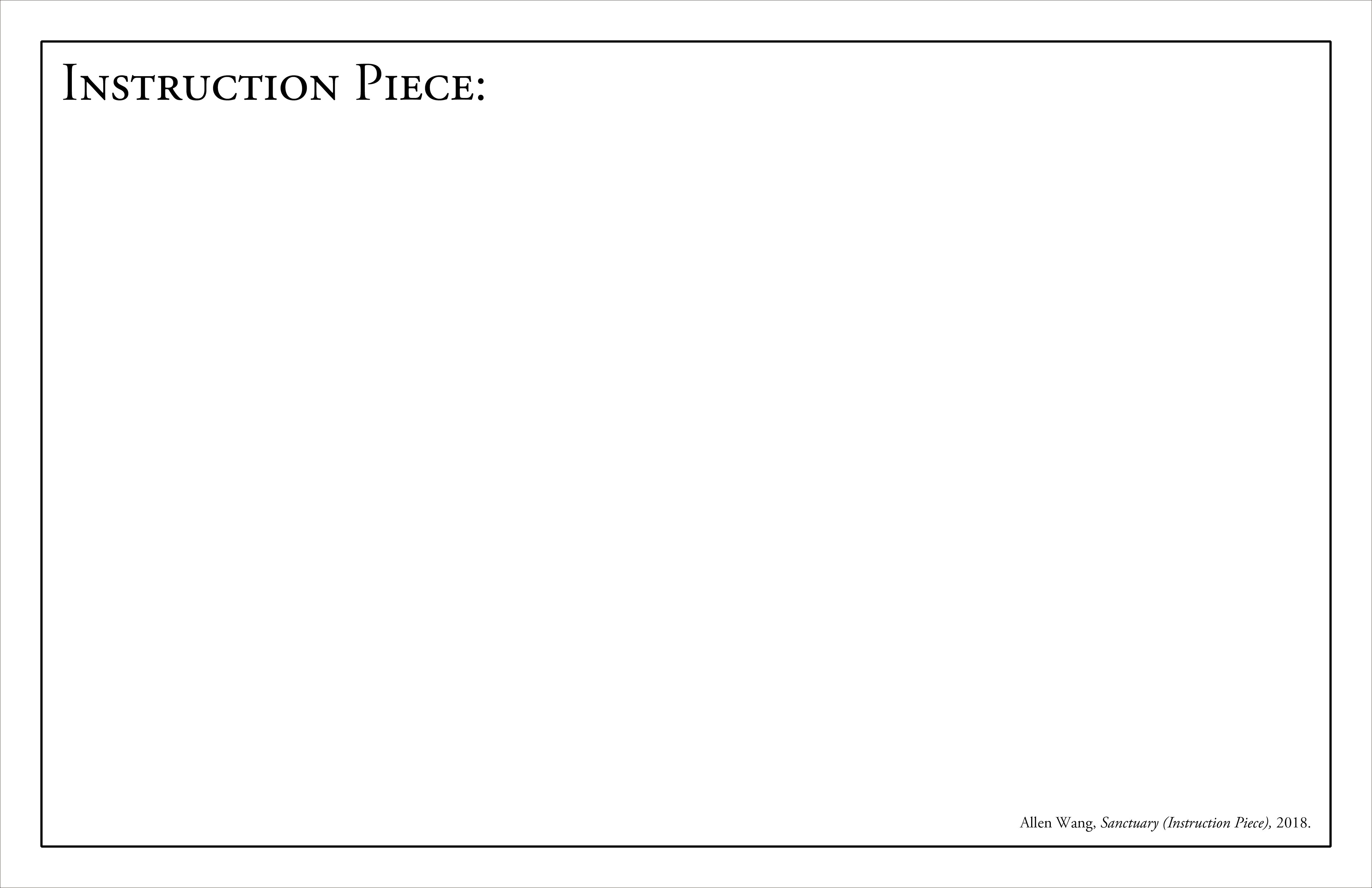
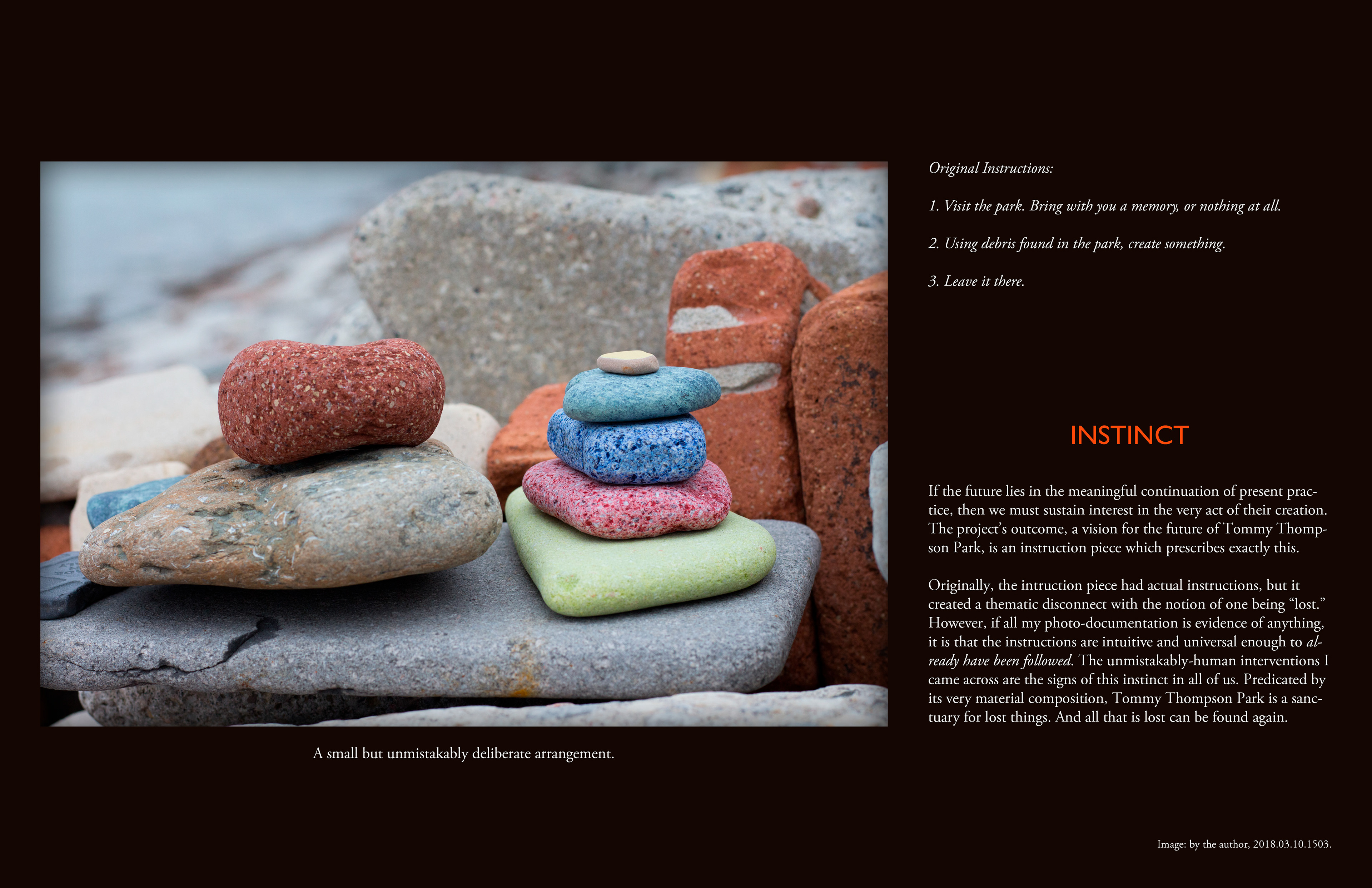
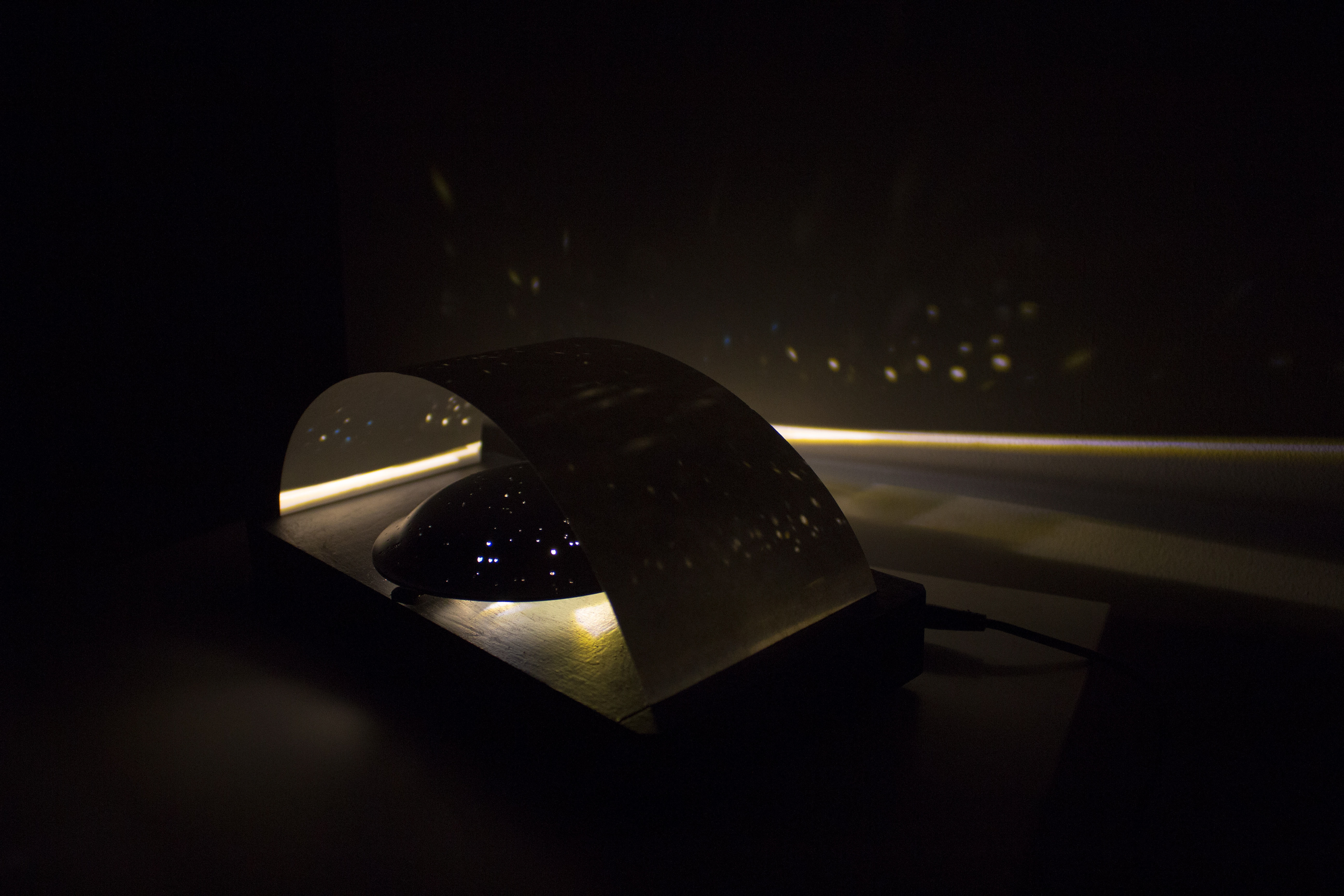
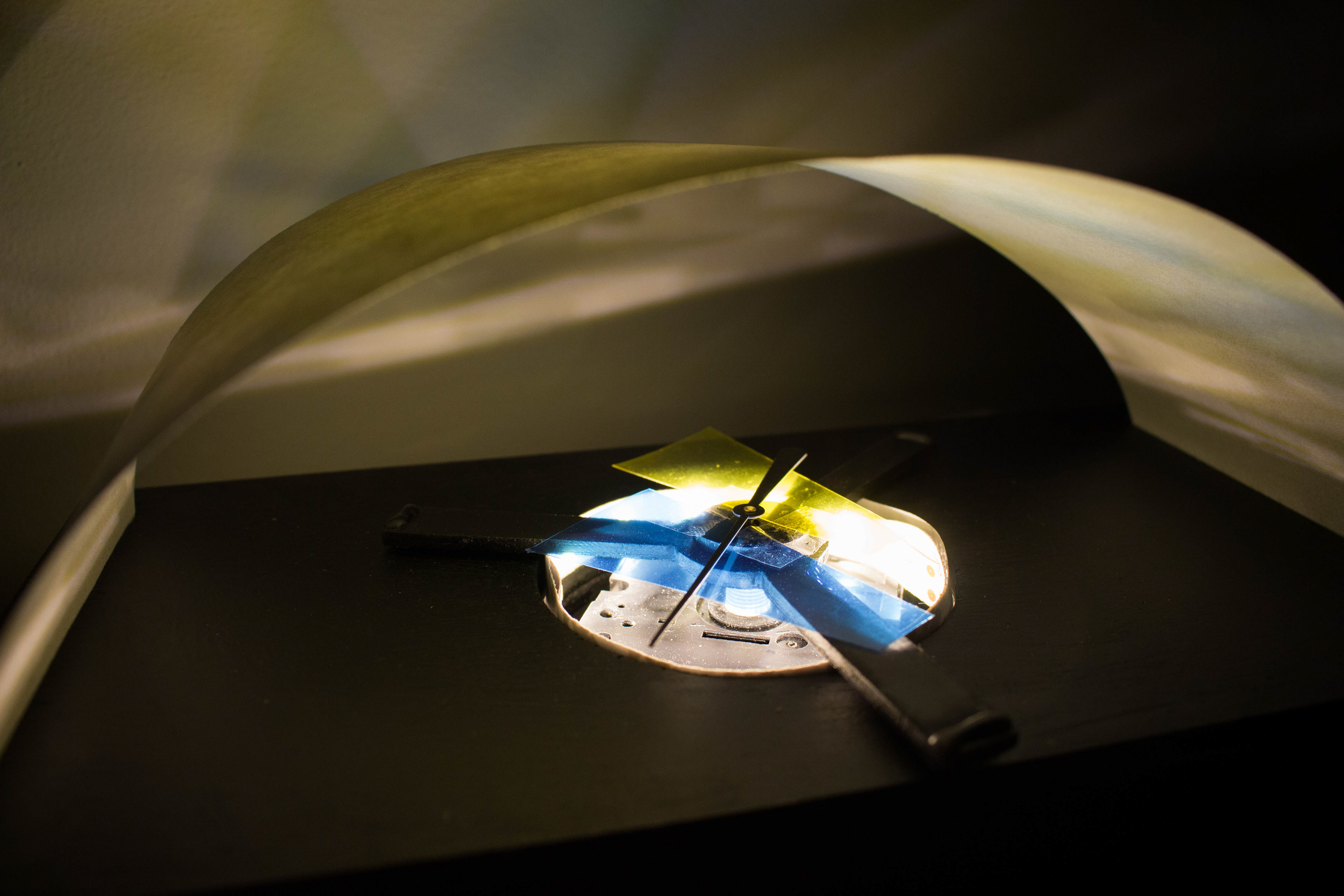
Side-project: recording a piano concerto by myself (2020–2023)
I first heard Sergei Rachmaninoff's Piano Concerto No. 2 in C Minor in autumn 2019. I was playing in the viola section of the University of Toronto Campus Philharmonic Orchestra, under the baton of Lorenzo Guggenheim, and the soloist was Alexander Panizza. A few months into the COVID-19 pandemic, I started learning the piano part, which took two years on-and-off. In late 2022, I had the idea to bring in my other two instruments (viola and cello) into the fold and produce a video wherein I would accompany myself performing the concerto in full. After some preparation and experimentation in different venues, I recorded the piano part at home across three weekends in July 2023, then recorded the cello part while listening to the piano part, then recorded the viola part while listening to the piano and cello parts together. By early August, I had recorded 232 discrete chunks of audio/video (mainly 1–6-minute takes of specific sections), of which 68 made their way into the final cut which you can find on YouTube.
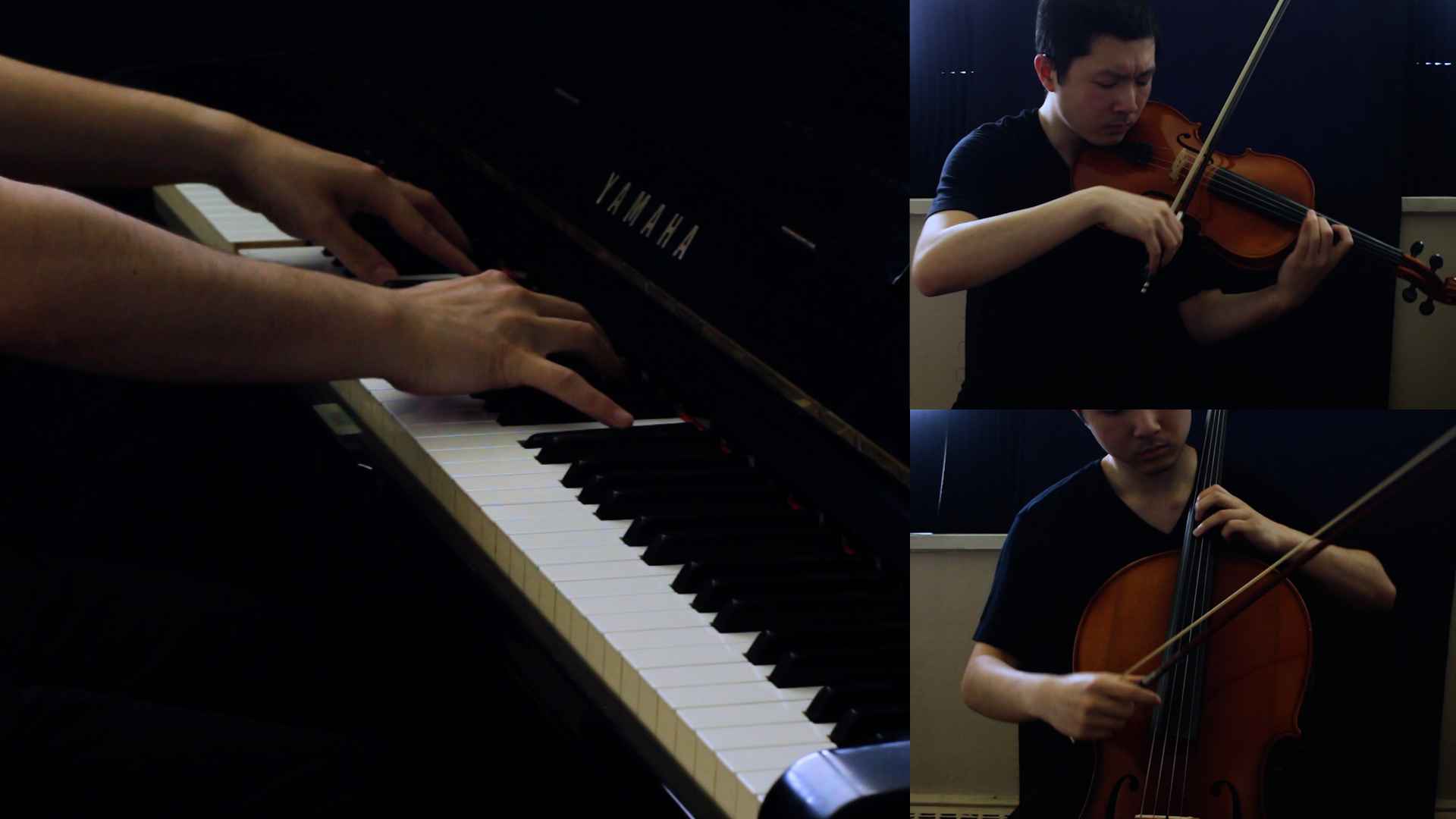

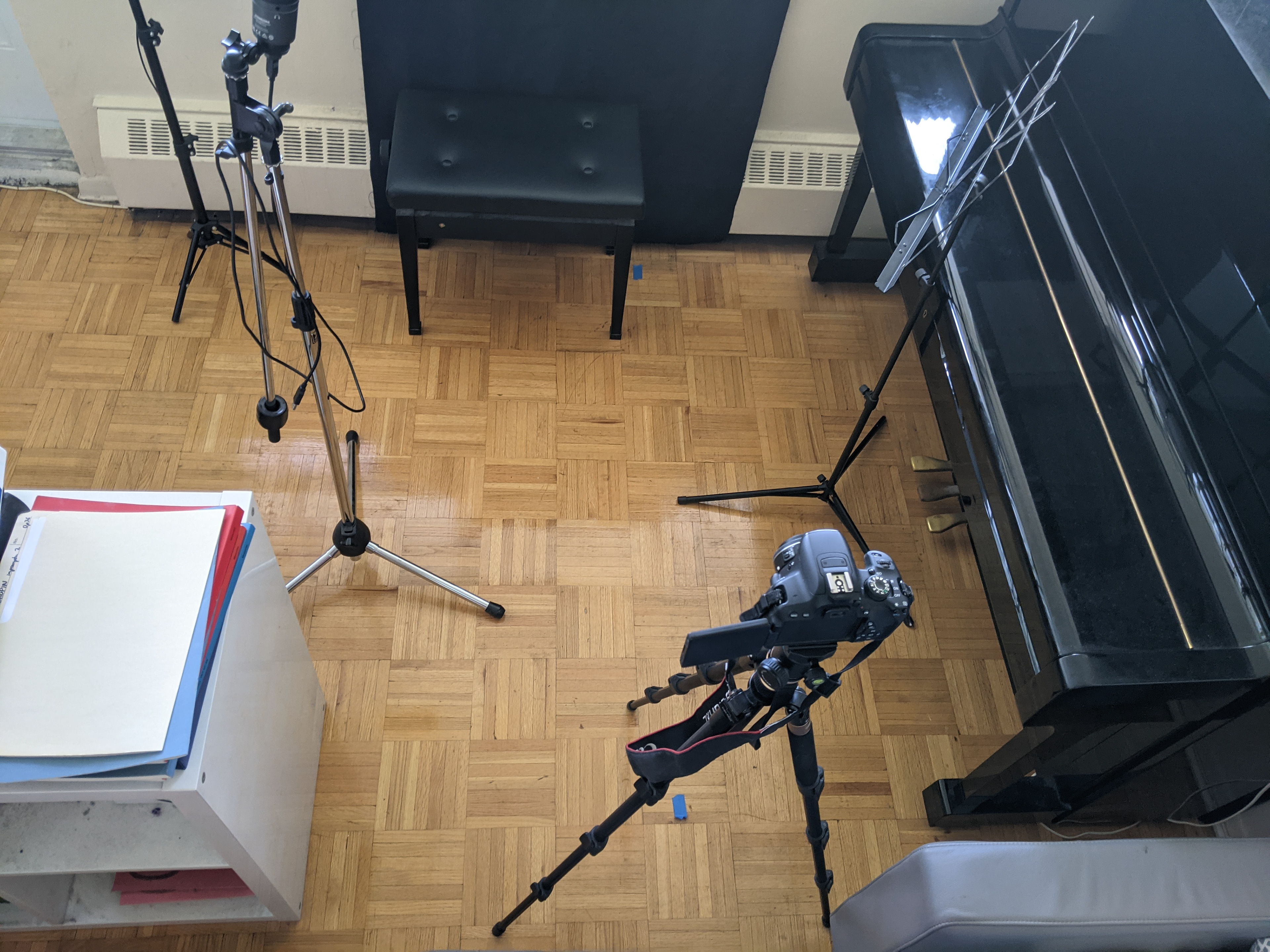
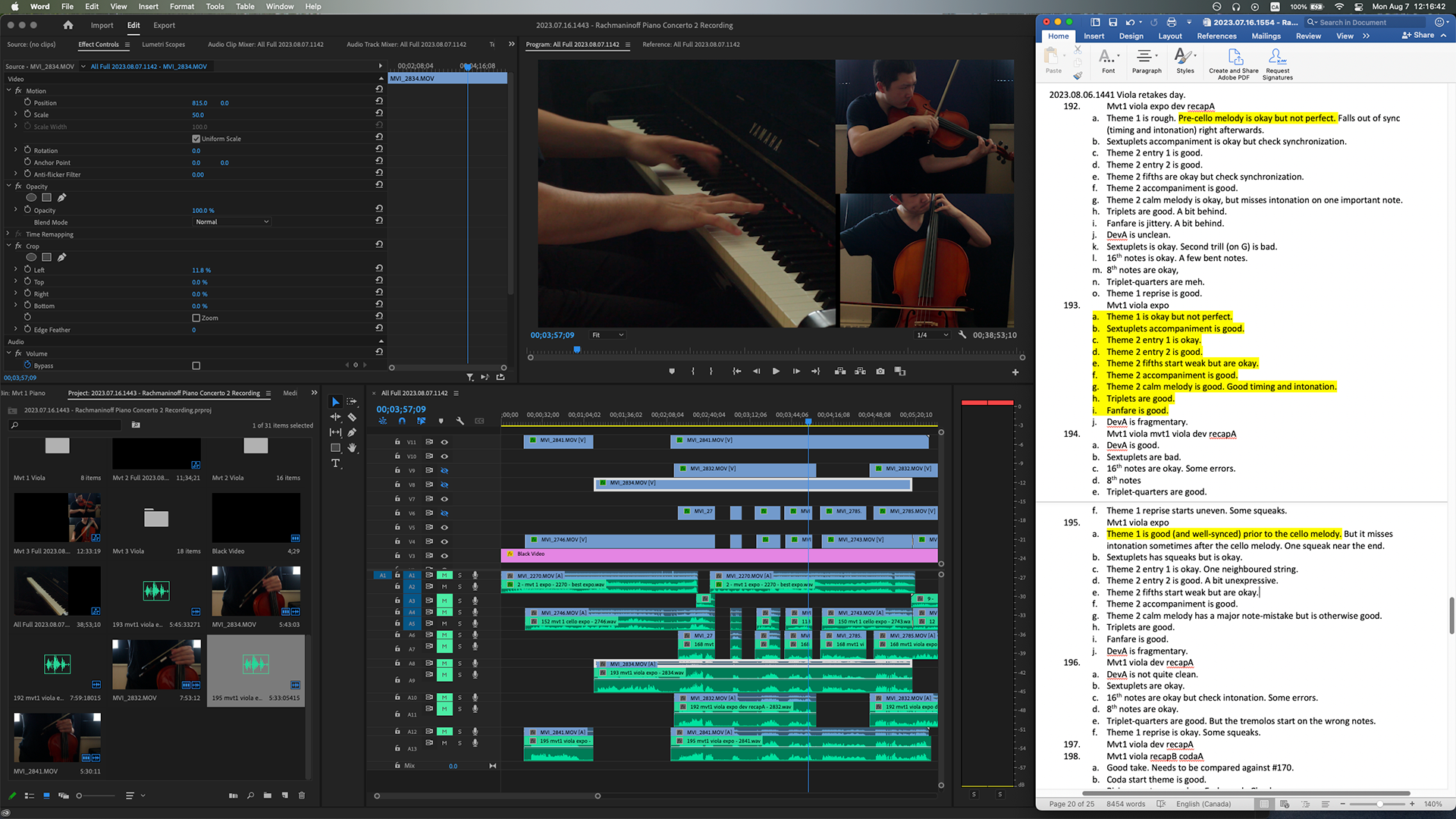
Digital photography hobby
